An Experience in Search of a Moment
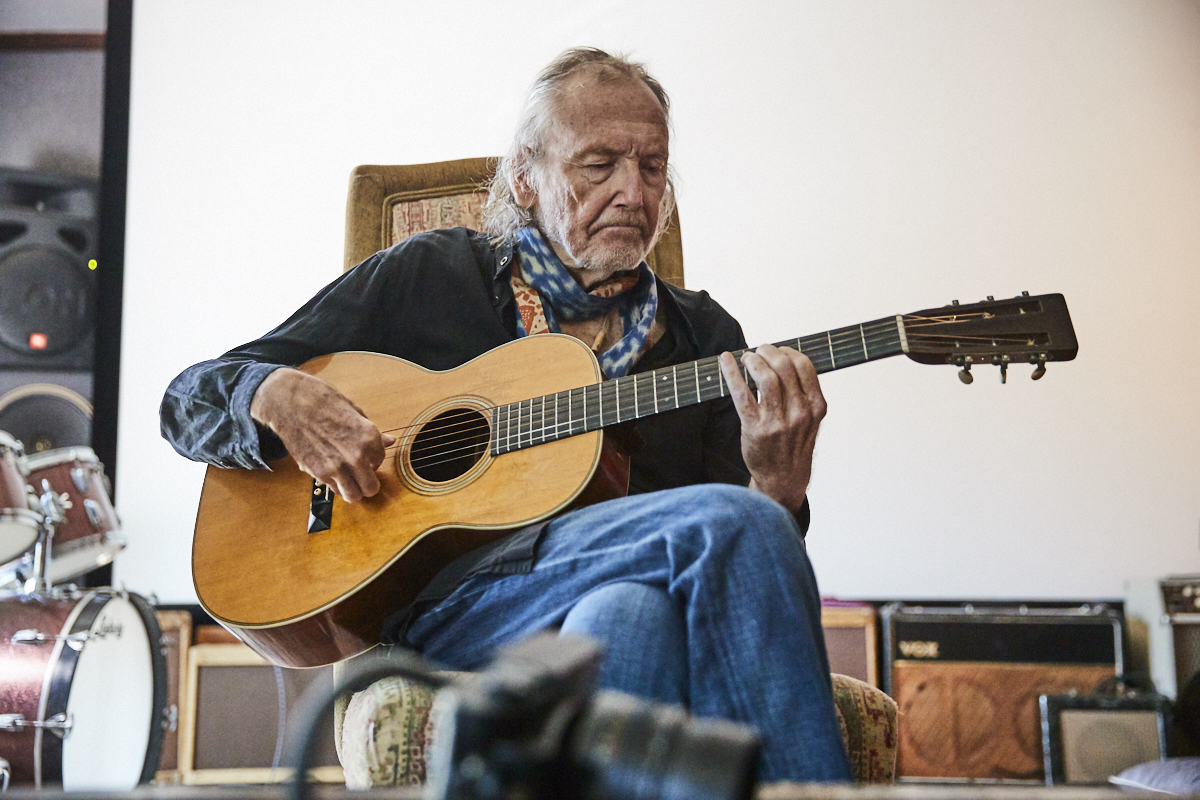
With a little help from his friends, Alan Kozlowski looks back on a luminous life
Climb the stairs to Alan Kozlowski’s spacious downtown loft and you’ll arrive at a living room that doubles as an acoustic music den. Here an entire wall is taken up by two rows of rare guitars, including pre-war Martins, and one-of-a-kind Gibsons that the lifelong musician has acquired over the decades. There’s also a sitar that Kozlowski played when he studied under the iconic Indian musician Ravi Shankar, a baby grand piano and a 120-year-old pump organ – instruments that for years have come alive almost nightly when musician friends drop by.
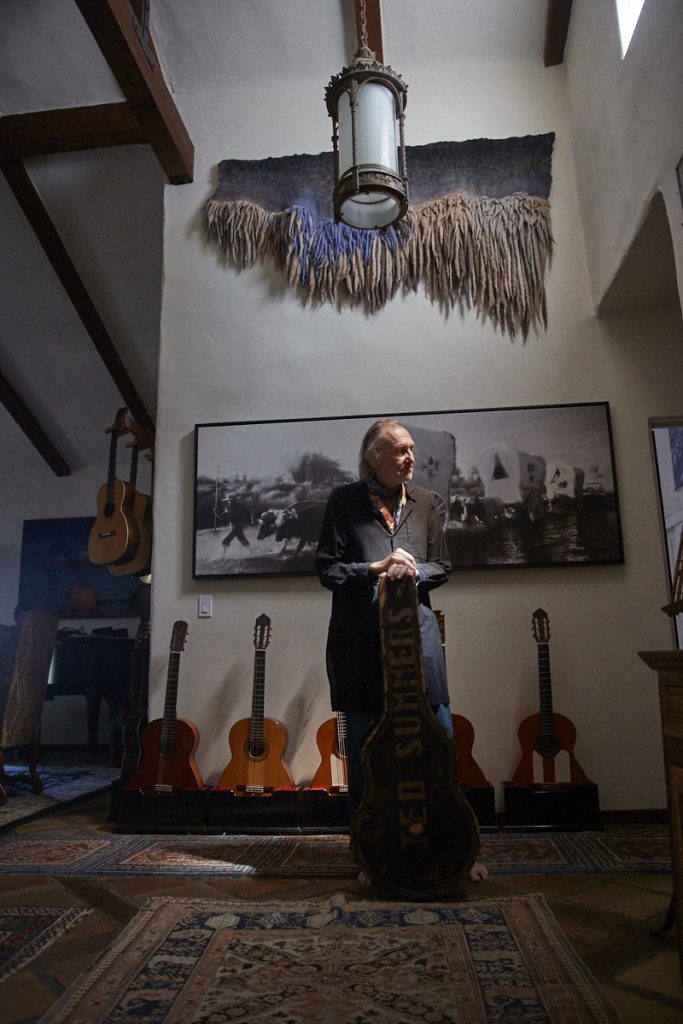
Pictures of Shankar adorn nearly every wall. Highlights include a shot of a building silhouetted against a burnt-orange sunset background that you can also find on the cover of Shankar’s 2001 compilation, Vision of Peace: The Art of Ravi Shankar, and another of the sitarist with daughters Anoushka and Norah Jones. Displayed prominently in every room and hallway are photographs taken in Tibet, Thailand, and Bhutan, stunning vistas and deeply soulful portraits that represent myriad trips to the Far East, a region that has drawn Kozlowski ever since he first went to India in 1983.
Kozlowski’s loft also features a 1,300-square-foot studio complete with a recording space, home theater, and a production area with a large-scale printer, racks of computer gear and equipment Kozlowski uses to create images for his exhibitions. This area accommodates a rehearsal space where dozens of electric guitars and other instruments stand ready for use. Legions of musicians have rehearsed or jammed here.
This room also boasts several rare instruments that were gifts from Jackson Browne, whom Kozlowski counts among his best friends, including the Yamaha electric piano Browne played on stage for more than a decade.
A dig through bins full of framed photos reveals hundreds of intimate photographs of Kozlowski’s famous friends – Browne, Jeff Bridges, Kenny Loggins, Michael McDonald, Glen Phillips, and Johnny Irion, to name a few. They are all among the many musicians who have traded licks and songs here.
Back in the residential area, a meditation space claims one side of the bedroom at the end of a hallway where Kozlowski practices his daily ritual beneath a shrine decorated with myriad sacred objects collected during his travels. The space features one of the photos on display that Kozlowski didn’t take. It’s of the Dalai Lama holding Kozlowski’s face in his hands to “zap him” with energy and inspiration for a speech he was about to give at Ravi Shankar’s memorial service.
The artifacts represent nearly all the arcs of Alan Kozlowski’s life – musician, adventure traveler, spiritual seeker, photographer, multimedia artist – but the evidence of his many accomplishments are less important to him than the threads that have stitched together his world for more than half a century. Chief among them are following an innate curiosity and indulging a fiery passion for creative excellence and expressiveness while also pursuing a spiritual path toward enlightenment. The true measure of his life isn’t in all the fascinating objects on display in the loft, but, rather, how he’s been a magnet for other creative types, including the many luminaries who have wanted to collaborate with Kozlowski, or simply be in his presence.
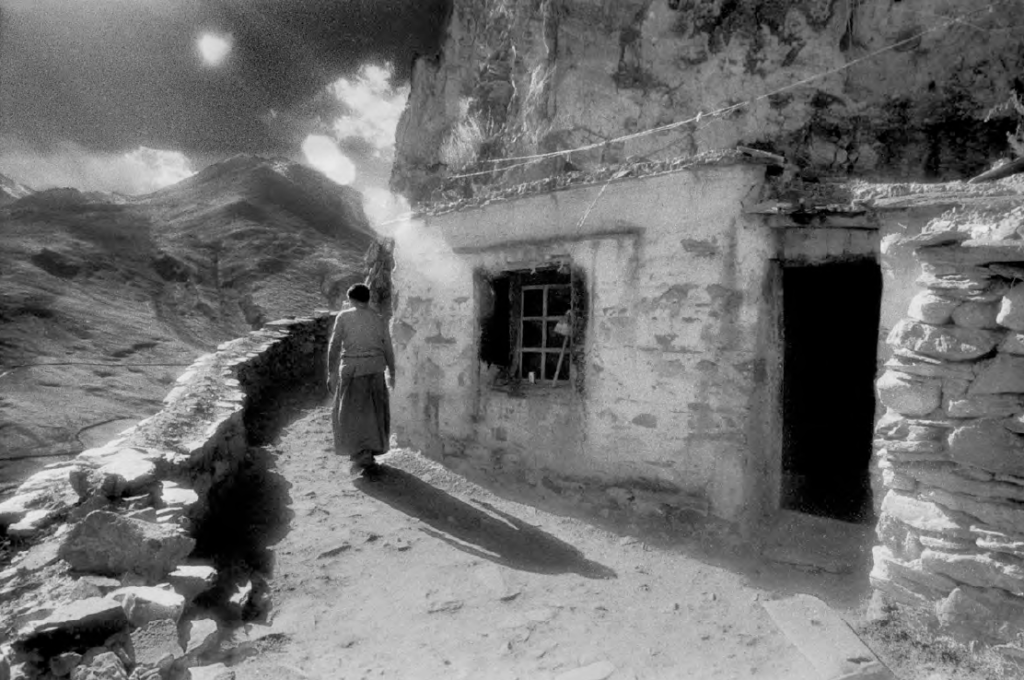
That simple-but-elusive quality has come from a lifelong practice of being in the moment, honing a presence that draws in and expands the worlds of those whose paths he crosses. It is evident in his photography, with his keen eye for capturing compelling landscapes and portraits of both the humble and famous and in his ear-to-the-ground ability to intuit emerging trends in entertainment technology. Meanwhile, Kozlowski himself remains an almost Zelig-like figure, mostly preferring to settle into the background letting others receive the public acclaim.
“He’s really talented, but Alan has never had an ego that would get in the way of the connections he’s formed and the way he’s built his world,” says Rand Rosenberg, a former investment banker who formed a fast and deep friendship with Kozlowski after they met during a business deal almost 25 years ago. “He’s much more interested in enriching other people’s lives. He found his fulfillment in just bringing people together.”
“My life has really been blessed and when I look at the big picture, I feel just incredibly grateful for that,” he says, settling into an easy chair in the living room a few feet away from a couple dozen of his rare guitars. “I have had so many opportunities for amazing experiences, which have fueled my desire to try to give back to the community, to try to help and inspire others on their paths. I’ve always tried to show up in a way that brings benefit and inspiration to everyone and that leaves a situation with more than was there when I arrived.”
The Awakening
Kozlowski was born in Oakland in the late 1940s, but came of age across the Bay Bridge in San Francisco in the mid-‘60s. It was a turbulent time for teenagers and young adults, but also an exciting and explosive era in popular music. A series of concerts in the city in 1965 were pivotal for the then-15-year-old, including a show in which Bob Dylan reprised his watershed “going electric” moment from the Newport Folk Festival.
As riveting as that was, for Kozlowski, a performance by the Indian classical music master Shankar proved more influential. “Even then I could feel Ravi’s commitment, his virtuosity and his spirituality,” Kozlowski recalls, more than 50 years later. “It was life changing.”
Kozlowski was mesmerized then, but had little idea what a significant role Shankar would play in his life in the coming decades. In the meantime, there was Haight-Ashbury to experience. Soaking in the epicenter of the psychedelic music world, Kozlowski caught countless concerts at the legendary Fillmore Auditorium by Janis Joplin, Jimi Hendrix, the Doors, Jefferson Airplane, the Grateful Dead, and Cream, to name just a few. Taking up both the guitar and sitar himself, he spent hours every day practicing the instruments while living in a $20 a month shared house that he recalls lacked electricity or even running water.
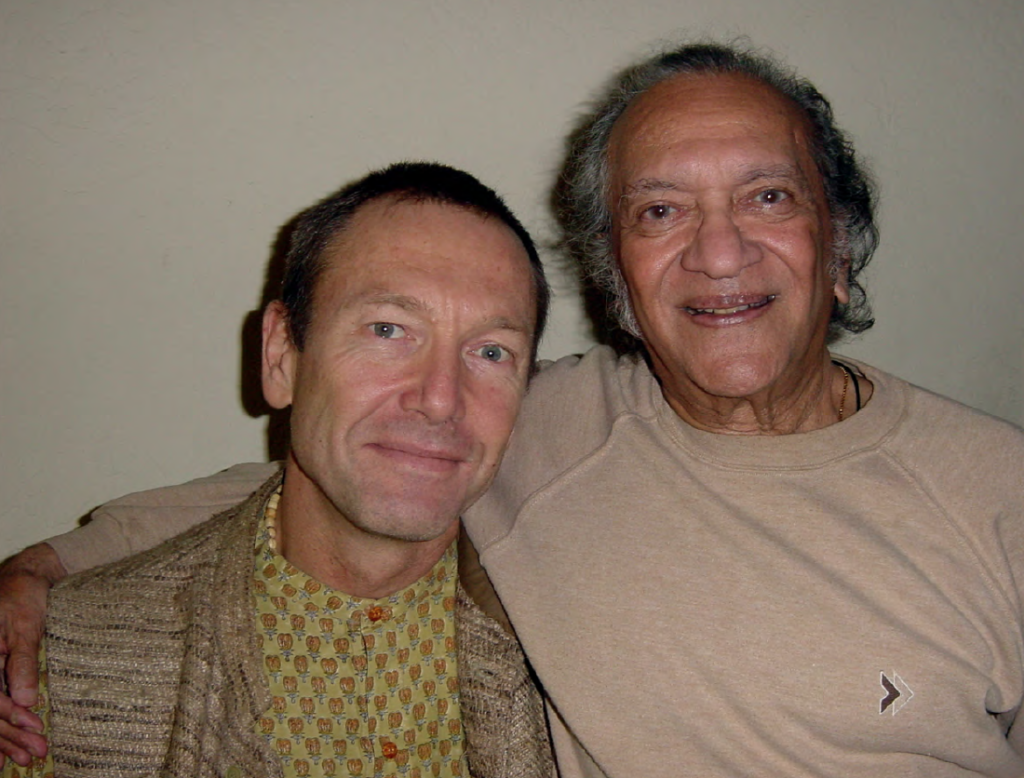
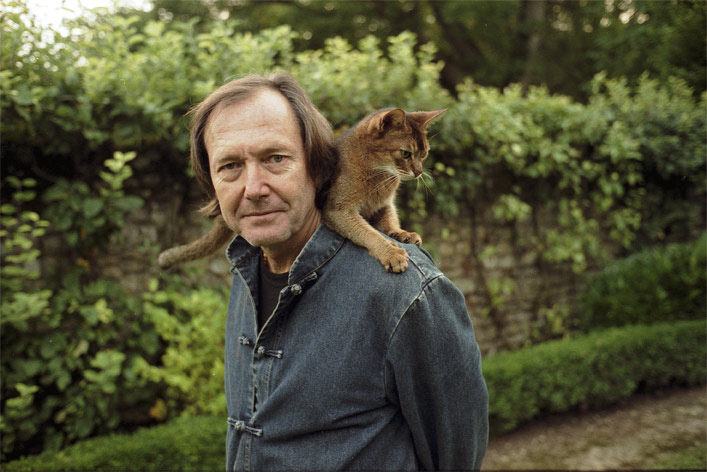
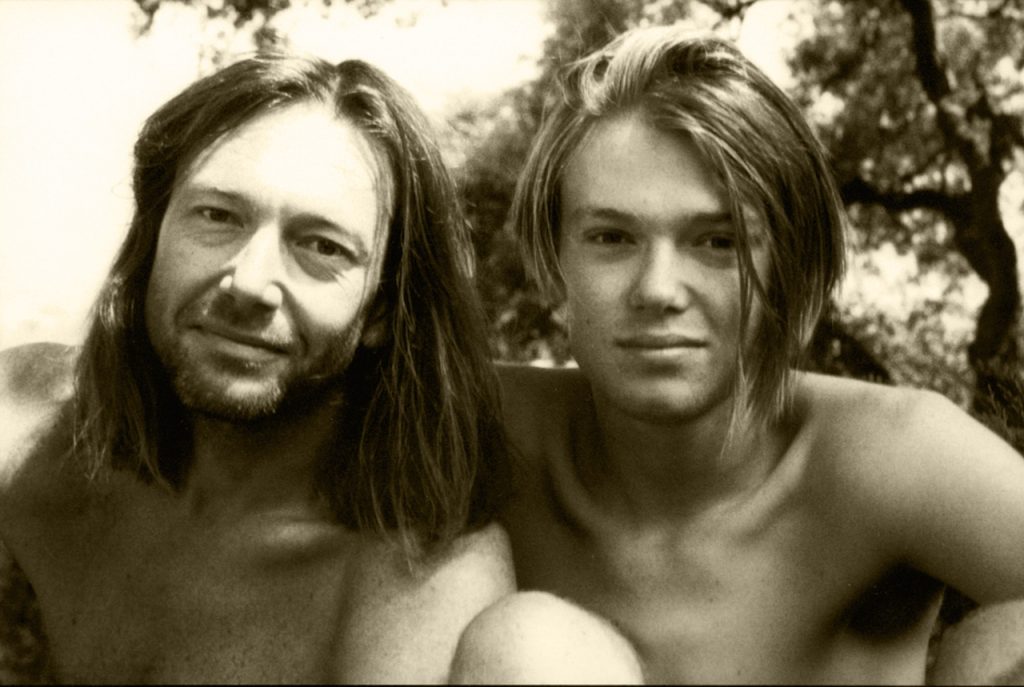
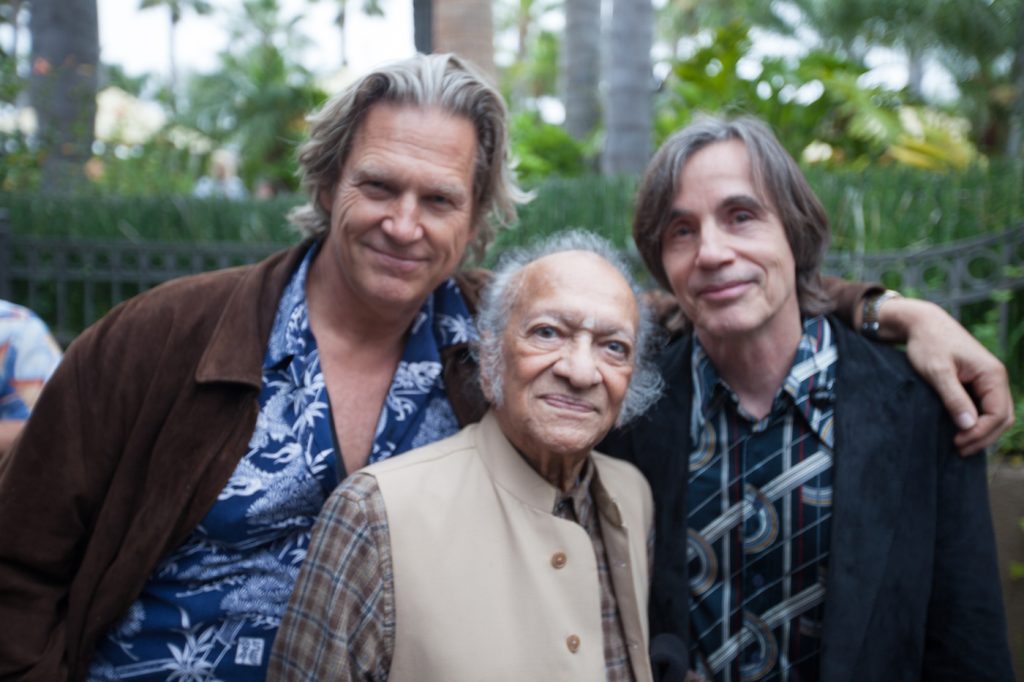
As with most of his Summer of Love cohorts, Kozlowski tried psychedelic drugs, meditation, and yoga, and also found himself drawn to the spiritual pursuits of the times. During his 20s, Kozlowski spent six years with a Colorado-based spiritual organization dedicated to expanding consciousness that had a satellite headquarters on Garden Street, not far from his current Santa Barbara digs. During his time with the community, Kozlowski got his first exposure to audio-visual work. He also became a father.
Eventually, Kozlowski moved to Los Angeles, seeking to turn his multimedia skills into a career, creating slideshows for corporate and rock and roll backdrops. He also put together video meditations in which he’d illustrate pieces of music by blending still shots into a visual companion.
Those seemingly divergent interests came together a couple years after he moved to Los Angeles when Kozlowski produced an eight-minute “tone poem” video in his West Hollywood garage. It was set to a piece of music featuring Shankar, whom Kozlowski had seen in concert several times by then, complemented by famed flutist Jean-Pierre Rampal and an accompanying tabla player. Shankar happened to be in town just as Kozlowski completed the video and a mutual friend arranged a viewing. “Ravi shows up on my doorstep with his whole entourage,” Kozlowski says, smiling at the memory. “I was really nervous because I didn’t know if the music would go with the visuals, or any idea if he would like it.”
Shankar was smitten.
“After watching it, Ravi gazed up at me and said, ‘I’ve been looking for you for years,’” recalls Kozlowski. “I was so stunned I almost fell on the floor.”
Thus began a lifelong “guru-disciple relationship” that had Kozlowski travelling extensively with Shankar. Kozlowski played tamboura on stage with Shankar during numerous tours (including concerts at Carnegie Hall, The Kennedy Center, and London’s Royal Opera House) and also served as Shankar’s unofficial photographer, capturing the star in studio settings, on stages, and elsewhere. Kozlowski would eventually manage Shankar’s photo archives, both during his life and posthumously.
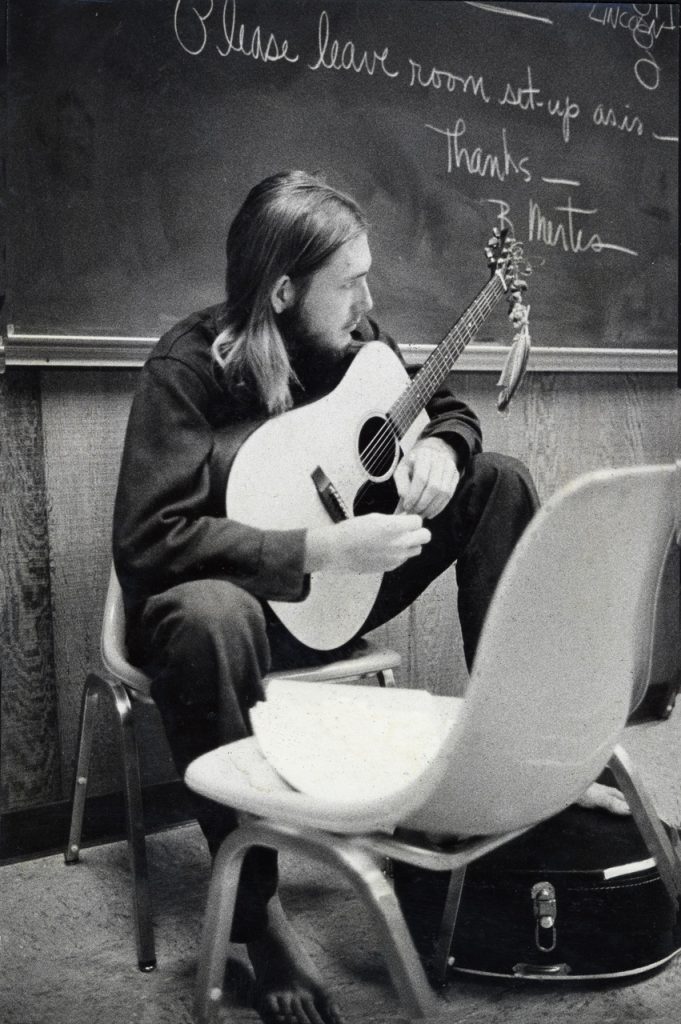
“I had a magical, karmic connection with Ravi where we showed up in each other’s lives and he gave me the opportunity to do the best I could for him,” Kozlowski says. “Ravi was an incredibly strong presence. I was very blessed just being able to sit five feet from him and witness his ability to surrender to the moment and express something real each time. We had this magical, karmic connection that is still happening even though he’s gone. On spiritual, musical and creative and integrity levels, he was always my guiding light. The rest of my life just flowed from there.”
It wasn’t just a one-way relationship, according to Rosenberg.
“Ravi was a big part of Alan’s life, but Alan was for Ravi, too,” Rosenberg says. “Ravi always had Alan be part of the ensemble performing at all those incredible venues, even though the instrument he played wasn’t important, because he really liked having him there. Why was that? Because of his energy, the love, the connection that Alan was able to manifest.”
While he and Shankar strengthened their relationship, Kozlowski continued developing the multimedia side of music, learning techniques for visual arts and creating new ways to employ emerging technologies. In 1980, Kozlowski put together a three-screen slideshow to serve as a visual backdrop for Jackson Browne’s Hold Out tour, impressing the singer-songwriter with his artistic vision and technical prowess.
“He came up with lots of photographs representing things in the songs which had to be divided up into pieces and put into individual slide carousels that were projected behind me,” Browne recalls. “It was very technically complex and advanced for the time, but also just beautifully captured. I could tell then that Alan was someone special.”
Shankar soon had another project for Kozlowski, asking him to join him for two months in India in the summer of 1983 to take photographs of the sitarist and the surroundings and later in the winter to document a festival. But Kozlowski was broke, as his first two tiny companies had gone out of business by then, so Shankar funded Kozlowski to program his multimedia shows.
That trip was the catalyst for Kozlowski to launch Pacific Ocean Post in 1984. He needed to process the 200 rolls of Kodachrome and hundreds of hours of film shot in places that, if not for Shankar, would have been hard to access. This led to projects for friends and other musicians. Encouraged and mentored by Elektra Records founder Jac Holzman – whom Jackson Browne had introduced to Kozlowski in 1981 and who, like most of the creative people Kozlowski met, turned into a close friend – Kozlowski was able to move from the technical and creative side to being CEO of a soon-to-be sprawling post-production house.
Under Kozlowski’s direction, POP surfed the transition from analog to digital, growing steadily and becoming a proving ground for testing new equipment as well as a laboratory for talented, behind-the-scenes filmmakers. The production house went on to earn three Academy Awards for visual effects for Independence Day, Titanic,and What Dreams May Come.
“Alan has a creative flair, and always had great ideas of how things should go, just being able to look at a project and see how it needed to come together through sheer instinct,” explains Rosenberg. “He knew what would work and how to reach people. That’s why the company was so successful and in so much demand.”
Spiritual Journeys
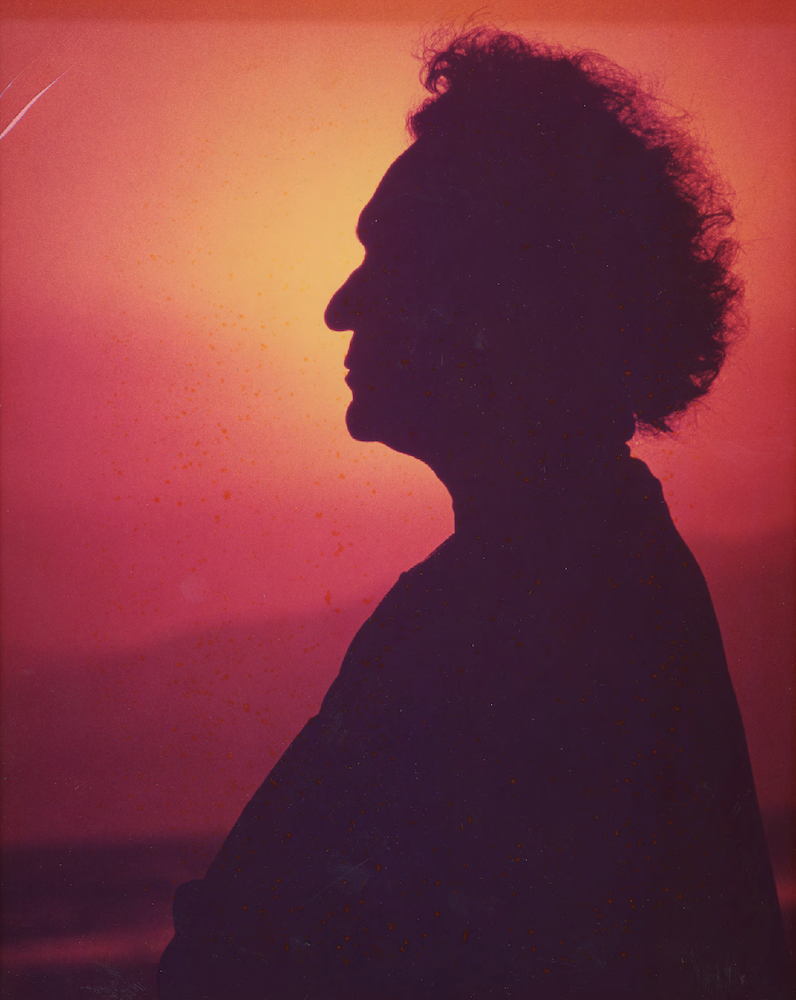
Even as he was becoming more of a businessman, Kozlowski’s creative friends continued to show up to his Santa Monica post-production house and bring along their connections. Shankar performed a concert in the atrium as a “house blessing” and George Harrison, a friend of Shankar’s since the Beatles’ Sgt. Pepper’s days, was also a frequent visitor. “He would come by and play guitar in my office all the time,” Kozlowski recalls, smiling. “That obviously had some marketing benefits and helped attract clients and employees. Everything fit together in a pattern and flow of collaborative work and inspiration.”
Kozlowski and Harrison later teamed up to produce In Celebration, a four-CD, box-set retrospective of Ravi’s work that was released in 1996 as part of the year-long celebration of Shankar’s 75th birthday.
Meanwhile, the success of POP also enabled Kozlowski’s move to the Santa Barbara area. First they had a weekend cottage in Ojai and then a beach house in Carpinteria before settling into a six-acre spread on Mountain Drive in Montecito, where Kozlowski lived from 1996-2004. In keeping with his twin passions, the home featured music and meditation rooms, the former furnished with almost 100 guitars.
“I somehow justified spending all of my discretionary income on [the guitars],” he says, eyes sparkling. “It was an incredible collection. I had racks of guitars all the way around the floor. Man, I was playing them every day, switching styles between flamenco, Indian classical, and rock and my own stuff, and just improvisation.”
The music room, with its vast array of instruments, became a resource for his friends and associates and hosted many a soirée attended by the likes of Browne and Kozlowski’s then-next-door-neighbor Jeff Bridges, not to mention other area luminaries Kozlowski worked with over the years – David Crosby, Michael McDonald, and Kenny Loggins among them. The house also served as the site for Bonnie Raitt’s 50th birthday party. Crosby, Shawn Colvin, David Lindley, Bruce Hornsby, and “other magical musical friends,” as Kozlowski puts it, joined Jackson Browne and his band in serving up a proper fête for Raitt.
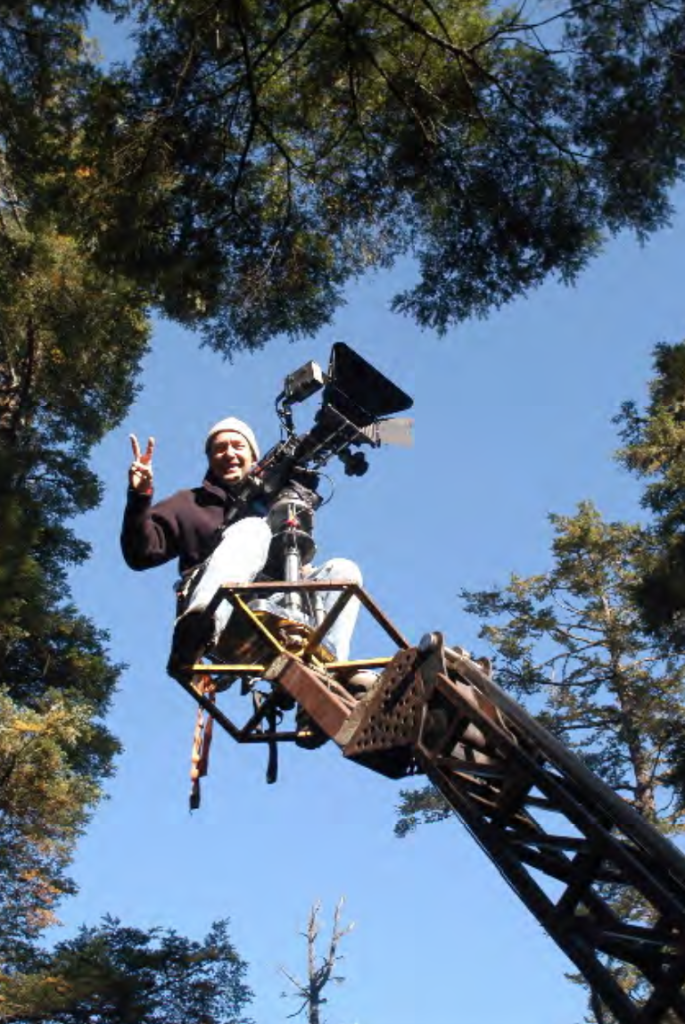
Kozlowski has many such stories of music, friendship, and serendipity. Such as the phone call he got on a random Saturday evening from Ry Cooder, who was looking for a specific National guitar to satisfy an itch he had while recording the soundtrack for the film Last Man Standing. “He drove up from L.A., settled into the guitar temple and I just started feeding him one after another, a 1928 Martin, one in open-tuning, over and over until he found the one he loved – a 1929 National tricone style steel Guitar,” Kozlowski reminisces. “That was a lot of fun.”
Meanwhile, as POP’s revenues eventually rose from $60,000 a year to more than $40 million and the number of employees ballooned into the hundreds, Kozlowski grew restless with spending the bulk of his workday in the Santa Monica office. Ultimately, a bad bicycle accident that required 13 screws and three faceplates as part of his reconstruction surgery provided the impetus for a change. “I’d become an executive instead of an artist and I didn’t envision that as the way I wanted to spend the rest of my life,” he explains. “I wanted to create again.”
After selling the company in 1998, Kozlowski embarked on a new path, or, rather, the reawakening of an old one: Eastern spirituality. The quest for enlightenment featured several journeys back to India as well as Tibet, Mongolia, and the Kingdom of Bhutan. In 2001, Kozlowski directed, filmed, and edited Return to Dzongsar, which documented Dzongsar Khyentse Rinpoche’s return to his native land and monastery in Eastern Tibet. Two years later, he served as a cinematographer on the landmark 2003 film Travelers and Magicians, the first feature ever shot in the Kingdom.
That movie also provided a chance to work professionally with his son Stephen, a San Francisco Art Institute graduate who came on the project as second assistant camera. Stephen’s credits would later include work on Boardwalk Empire and High Maintenance. “I was so career driven when I first started out in L.A., I was barely there to show up for him when he was young,” Kozlowski says. “So that time together was priceless. I’m grateful that I could be there to support and help him out on his path.”
While in Bhutan, Kozlowski developed a signature style of black-and-white infrared photography that reflected more of his philosophy of presence, of the perpetual student gleaning insight from the people he embedded himself with.
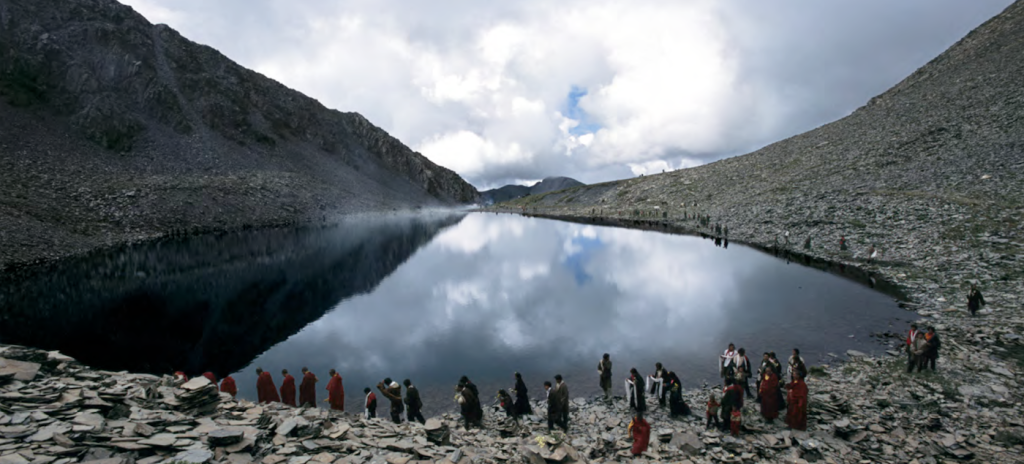
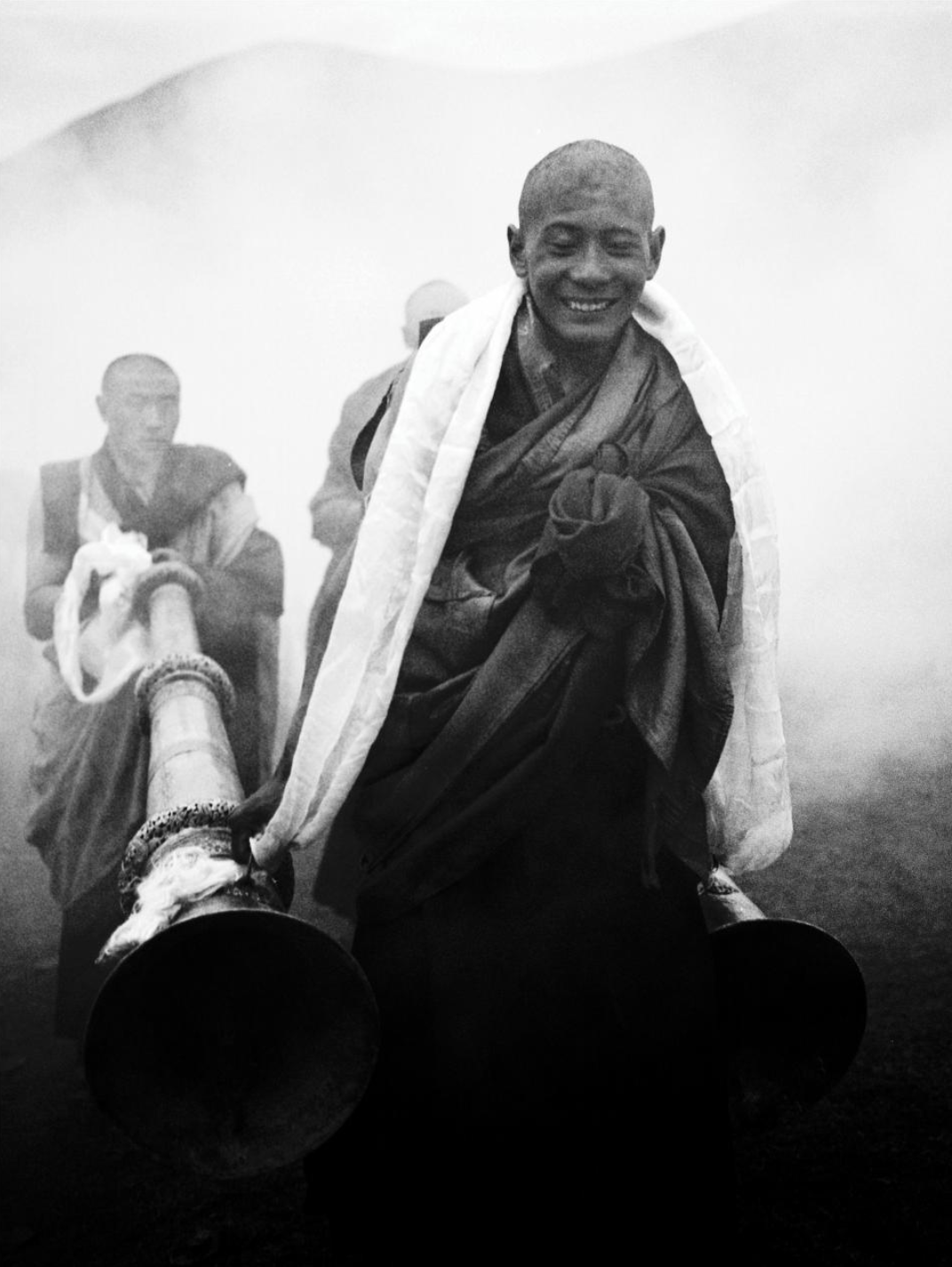
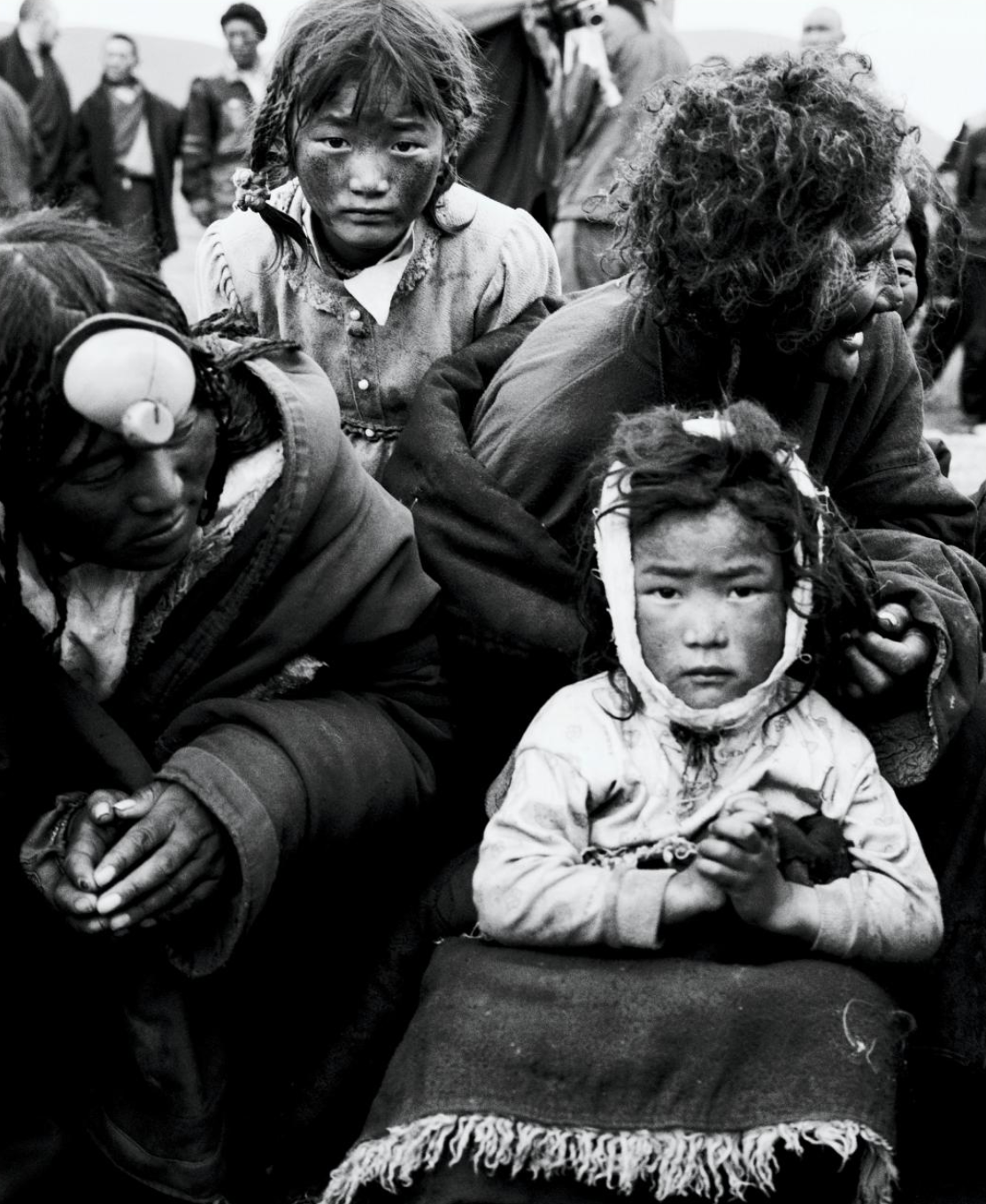
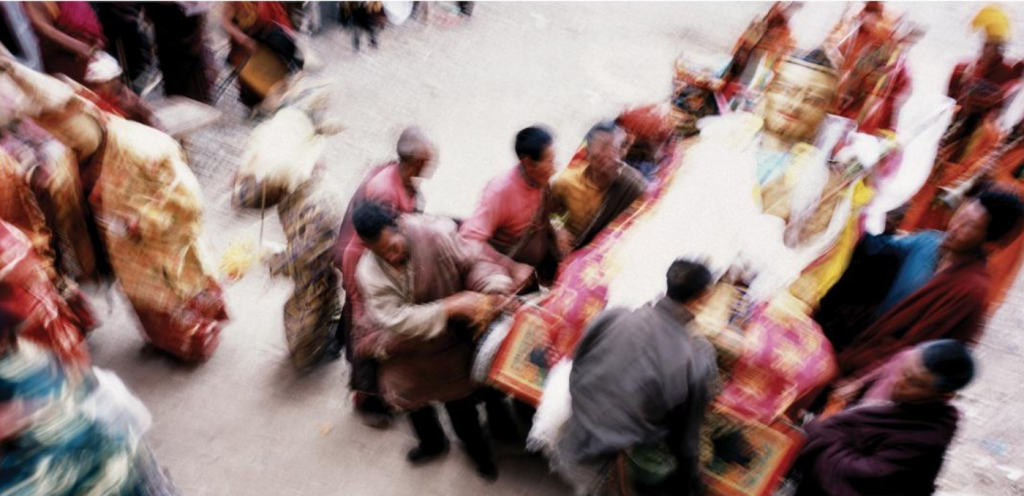
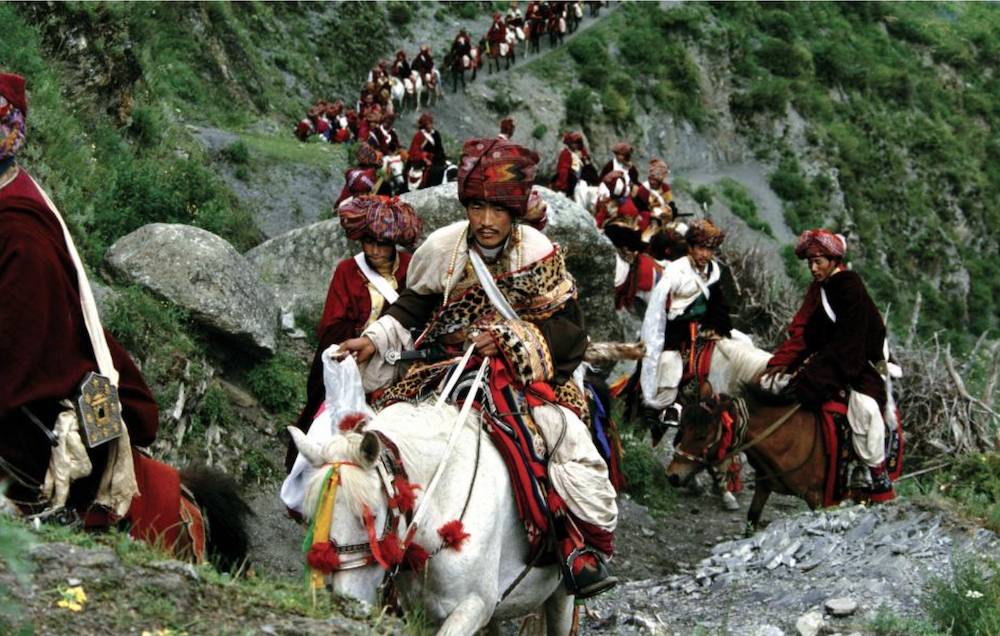
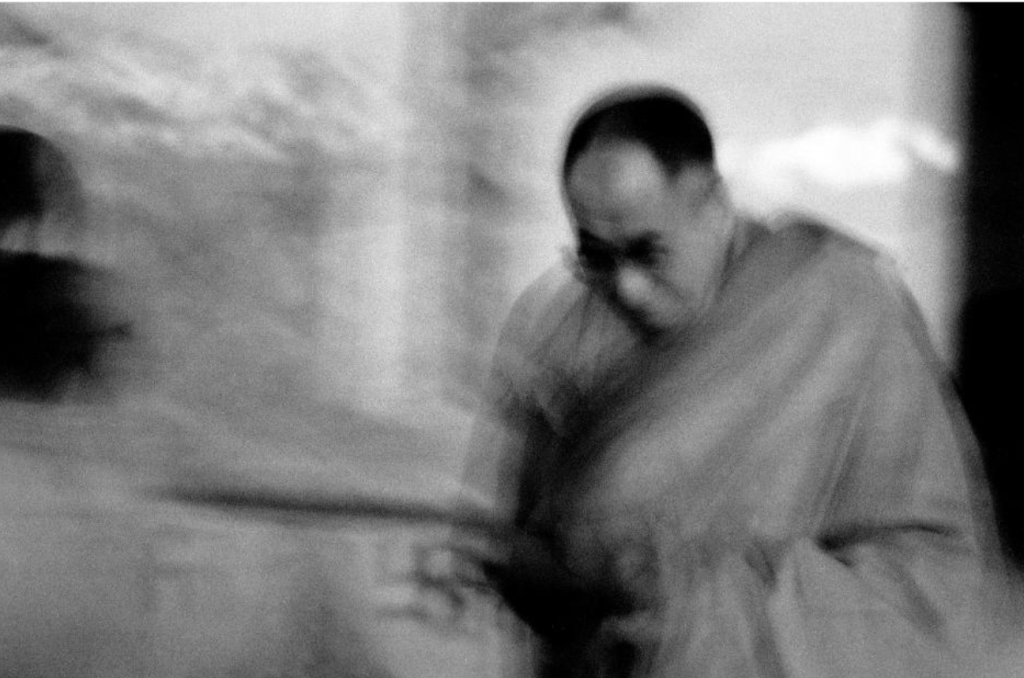
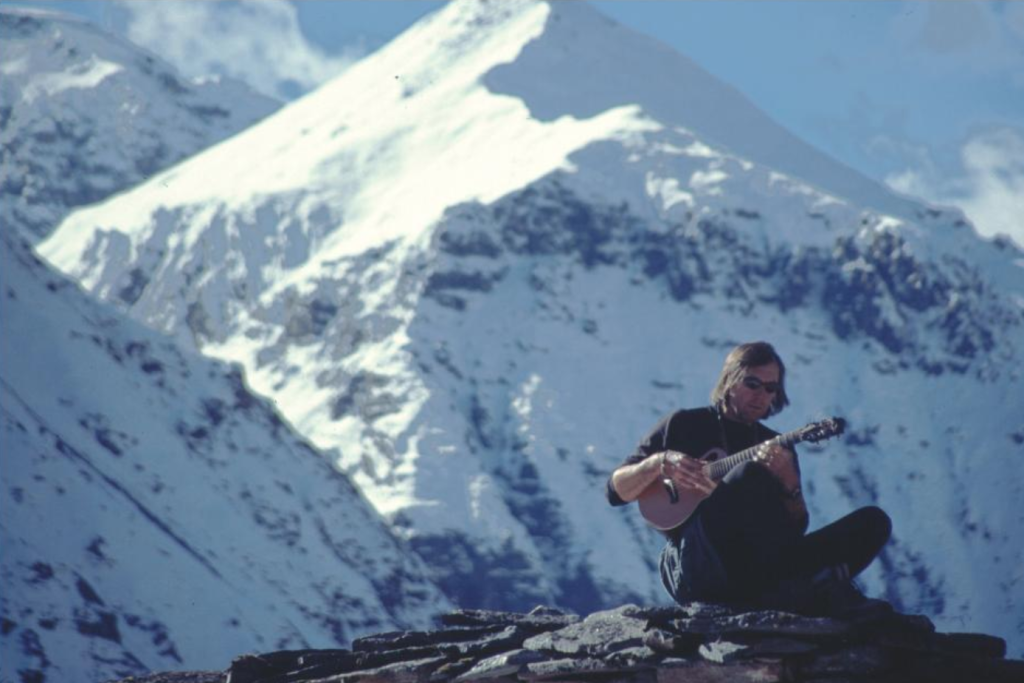
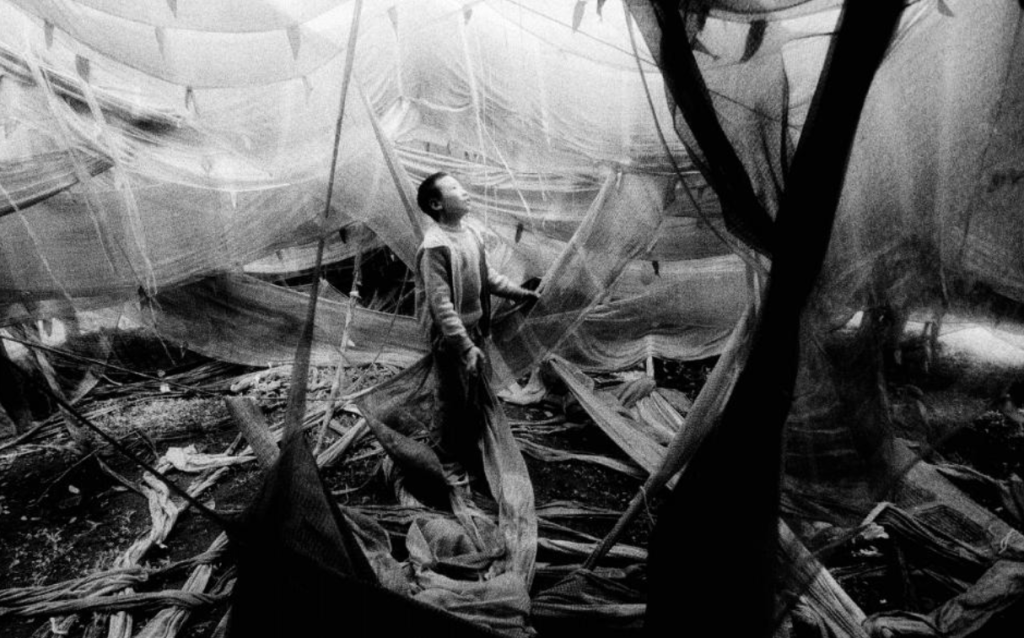
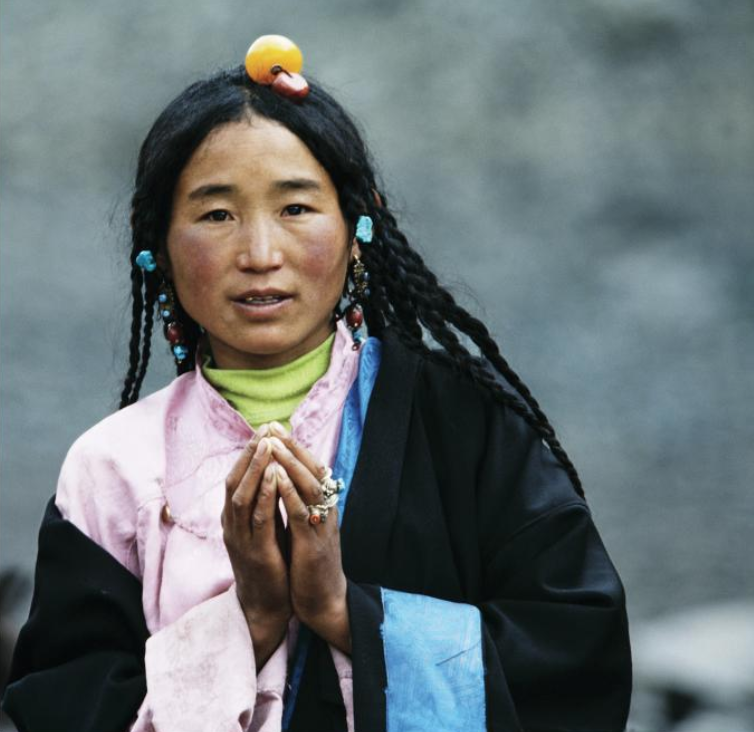
“I was initiated by a Tibetan Lama who taught me the practice of immersing in the moment, where you let go of all manipulation of the outer world and just be 100 percent present with what is there,” Kozlowski says. “By immersion you are able to capture what is emanating from subject matter, as opposed to what you think should be. That was a major change in the way I shoot and the way I see things.”
The infrared process has continued to captivate him for more than two decades. “It brings a certain light and otherworldliness to the visual expression of spirituality,” he explains. “The technique shows those kinds of feelings and emotes those ideas.”
The “spiritual landscapes” and portraits of the people who live in the mountains are collected in a 2003 volume called On the Path: Tibet. The collection is loosely bound so that the pages can be framed and displayed.
That approach, of inconspicuous presence, permeates his other more recent photographic pursuit, a series of portraits of rock and roll stars that include friends Browne, Bridges, and others.
“Photography has just been a way of being for me,” Kozlowski says. “It’s a meditation, an engagement in present tense and a way of connecting with circumstances and individuals. Sometimes it actually amplifies the connection, bringing it to the surface of awareness. But whether it’s architectural, landscape and nature, or an individual, it’s about complete non-judgment, just being with the moment and letting it have the opportunity to be expressed. It’s almost like a ritual.”
Local Presence
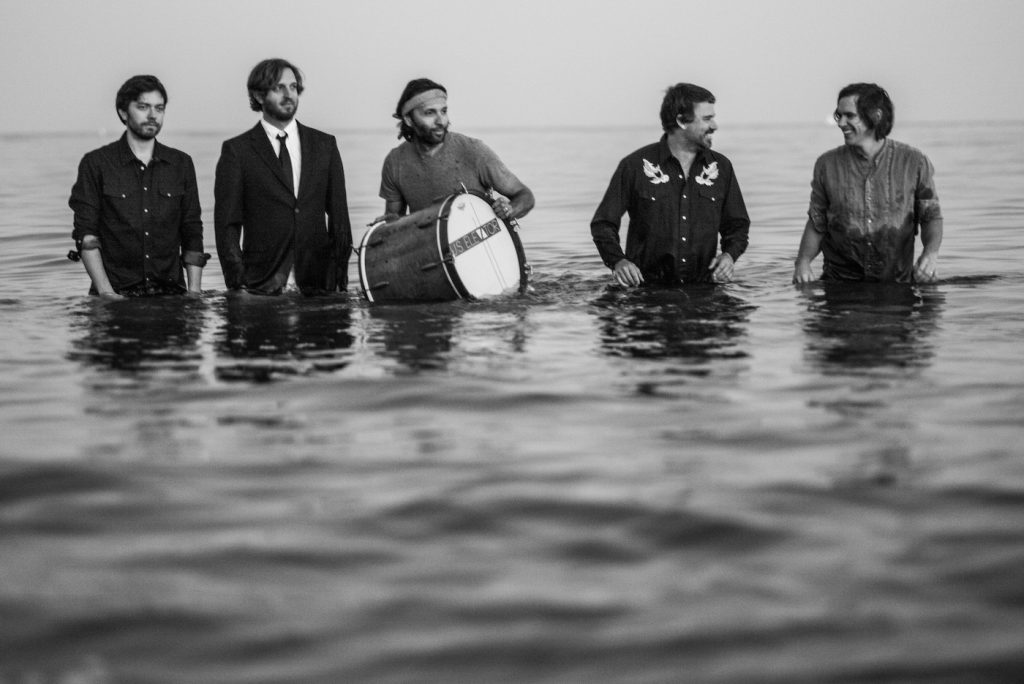
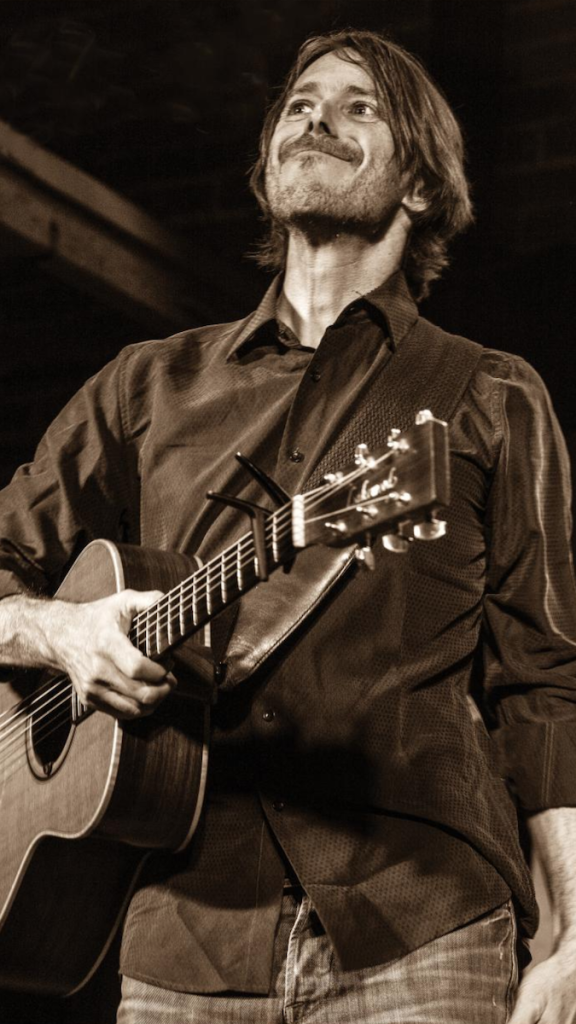
By this time, Kozlowski became a father for the second time. This time to a daughter named Lily Kailani, which means blessed womb. She got her name from Shankar, thereby passing on the connection with the sitarist to the next generation. “Her three godfathers are Jackson, Jeff, and Ravi, so she’s got a good musical pedigree,” Kozlowski says.
By 2012, Alan was living in Santa Barbara and bought his current home, the 4,000-square foot loft on Garden and Canon Perdido streets, which he completely renovated in his own vision.
In recent years, Kozlowski has become more visible in the Santa Barbara community. Both the Lobero Theatre and SOhO Restaurant & Music Club have hosted exhibits of his photos. Last year, the theater teamed with Kozlowski to produce a concert by Indian santoor master Pandit Tarun Bhattacharya, another longtime associate. Kozlowski also appeared on stage at UCSB’s Campbell Hall, playing the tambor behind Anoushka Shankar, Ravi’s daughter.
Meanwhile, the downtown loft’s accessibility, as well as Kozlowski’s still-impressive collection of rare acoustic guitars along with all the other instruments, has made it even more suitable for impromptu gatherings and jam sessions with friends and visiting musicians, furthering his goal of community connection.
Many locals, famous names and just good friends, have spent evenings trading stories and songs over the eight years he’s lived there. For example, one night last winter, Kozlowski hosted a small post-gig gathering for Red Piano house-musician Jason Libs on his 49th birthday. Guests including Hana Loggins (Kenny’s daughter), former Teen Star Santa Barbara winner Jackson Gillies, longtime musical friend Chris Pelonis (who plays with Jeff Bridges’ Abiders), veteran keyboardist Brian Mann, and several others played pop songs and layered harmonies long into the night.
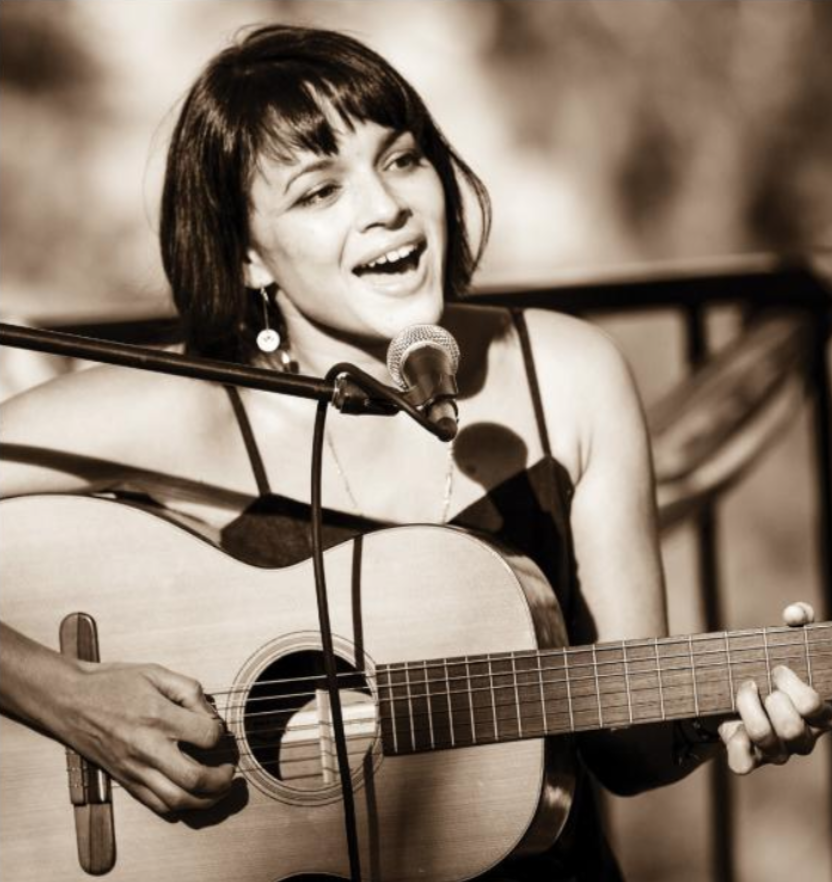
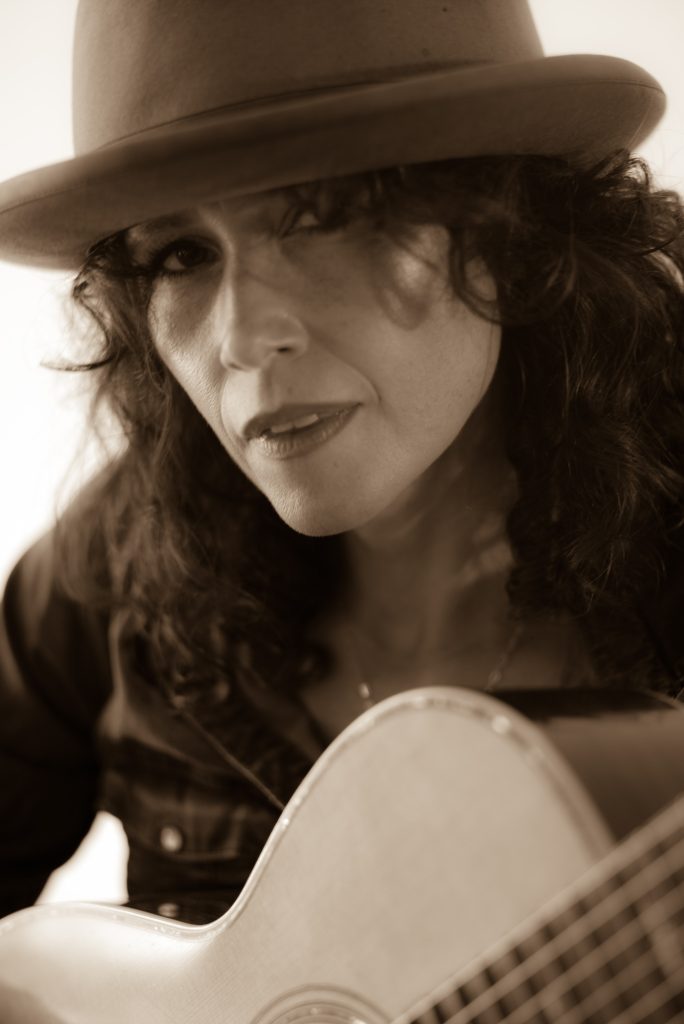
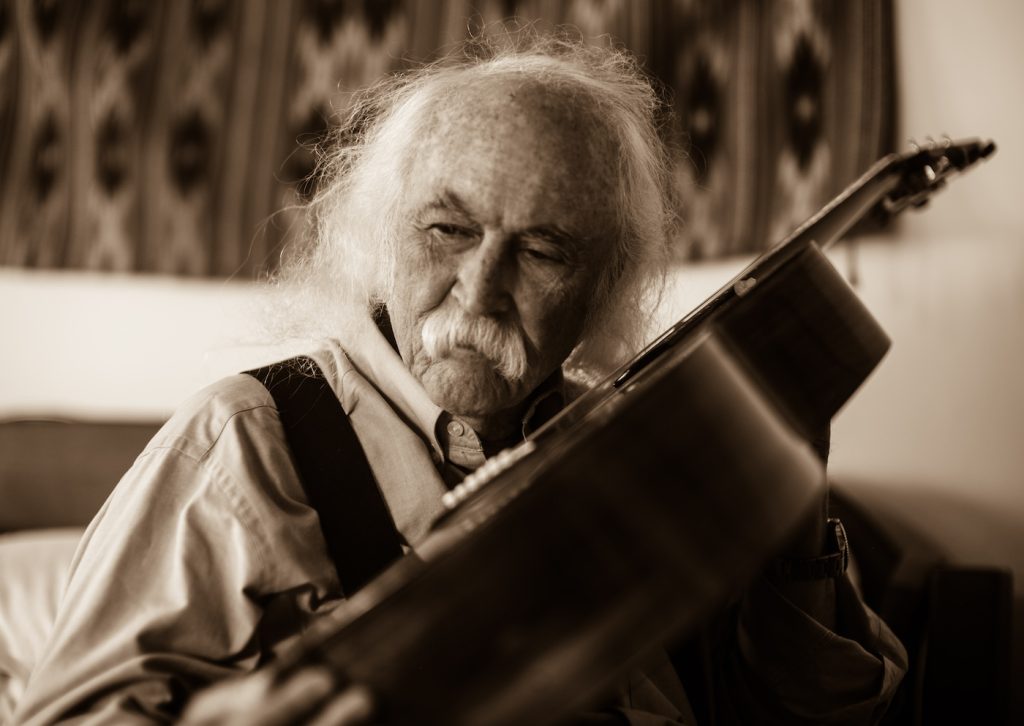
“My house became the after-party zone for the Lobero and SOhO and for a lot of people who come to town to play,” Kozlowski says, eyes lighting up. “Everybody just comes over here and jams. That’s one of the reasons I created this place the way I did, with all this equipment and instruments. So, it could be a gathering space for really special, intimate musical moments where my friends could get together and play music.”
Back in 2015, Kozlowski joined then-Montecito resident Johnny Irion’s band U.S. Elevator after donating the vintage equipment the group used to record its 2016 self-titled album. Kozlowski also shot the promo photos for the newly formed band in the waters off Miramar Beach.
A stroke two years ago cost Kozlowski the fine motor control in his right hand, which “wiped out my guitar playing.” A second stroke destroyed the peripheral vision in his left eye. “For a photographer and a musician, it’s humbling when you lose your hand and your eyesight,” he admits.
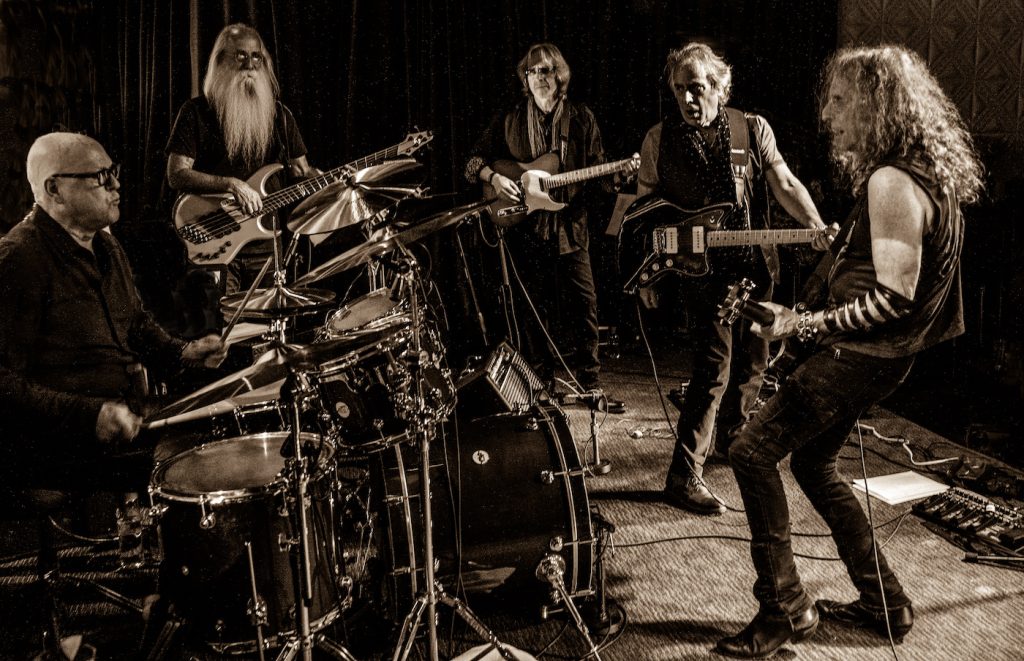
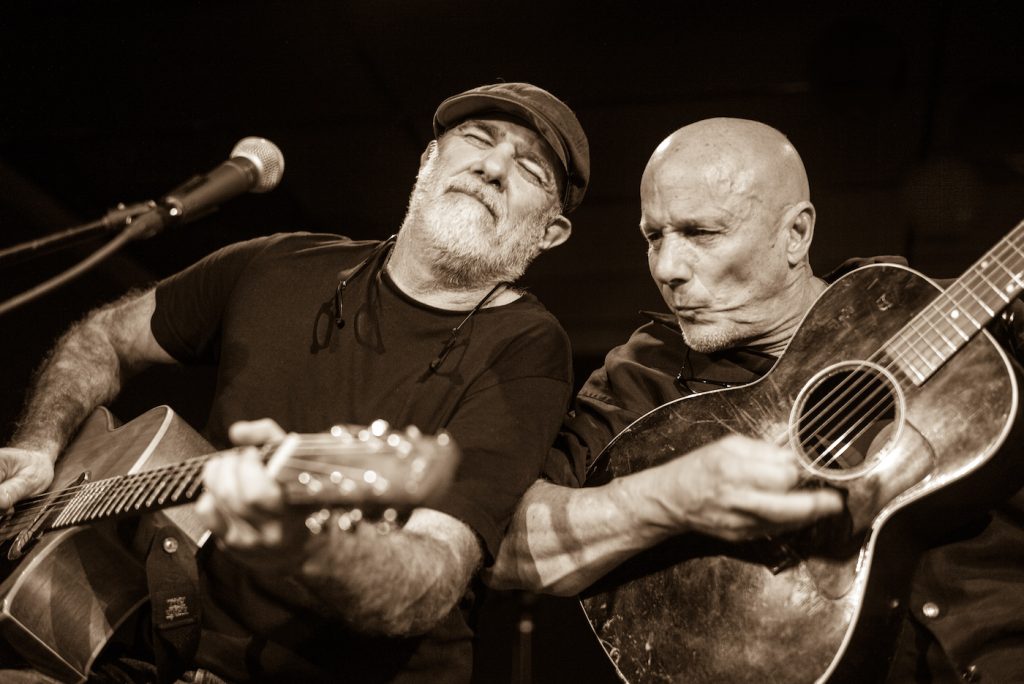
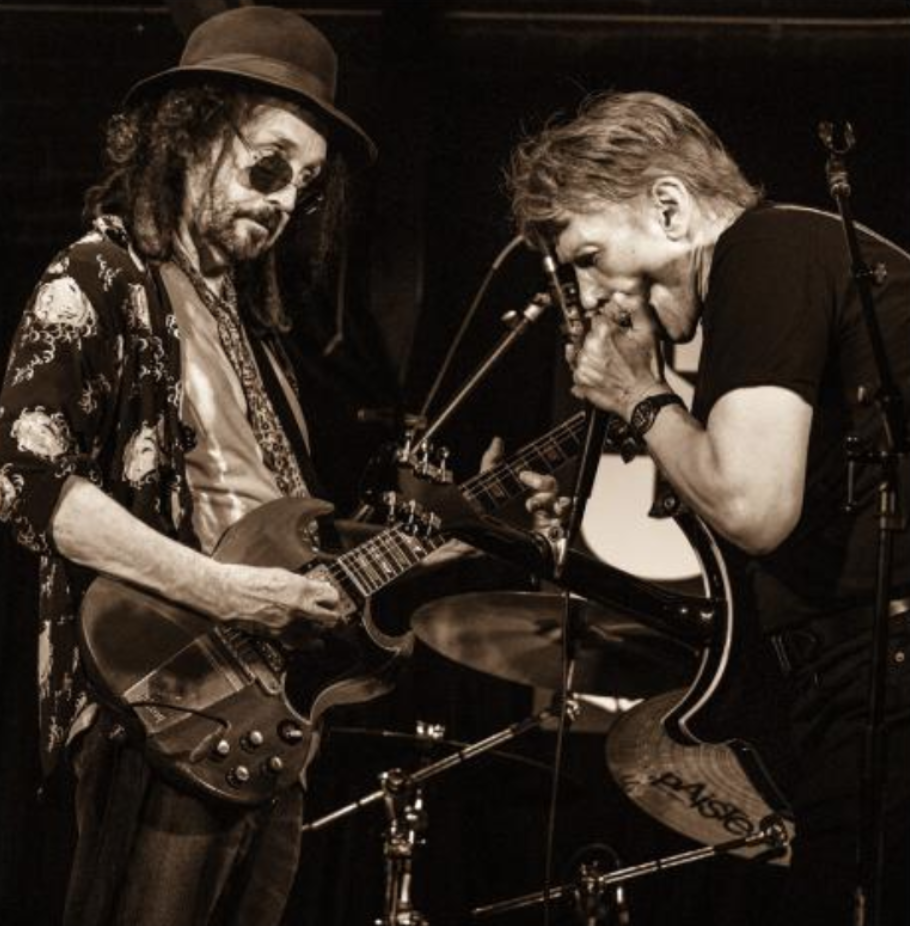
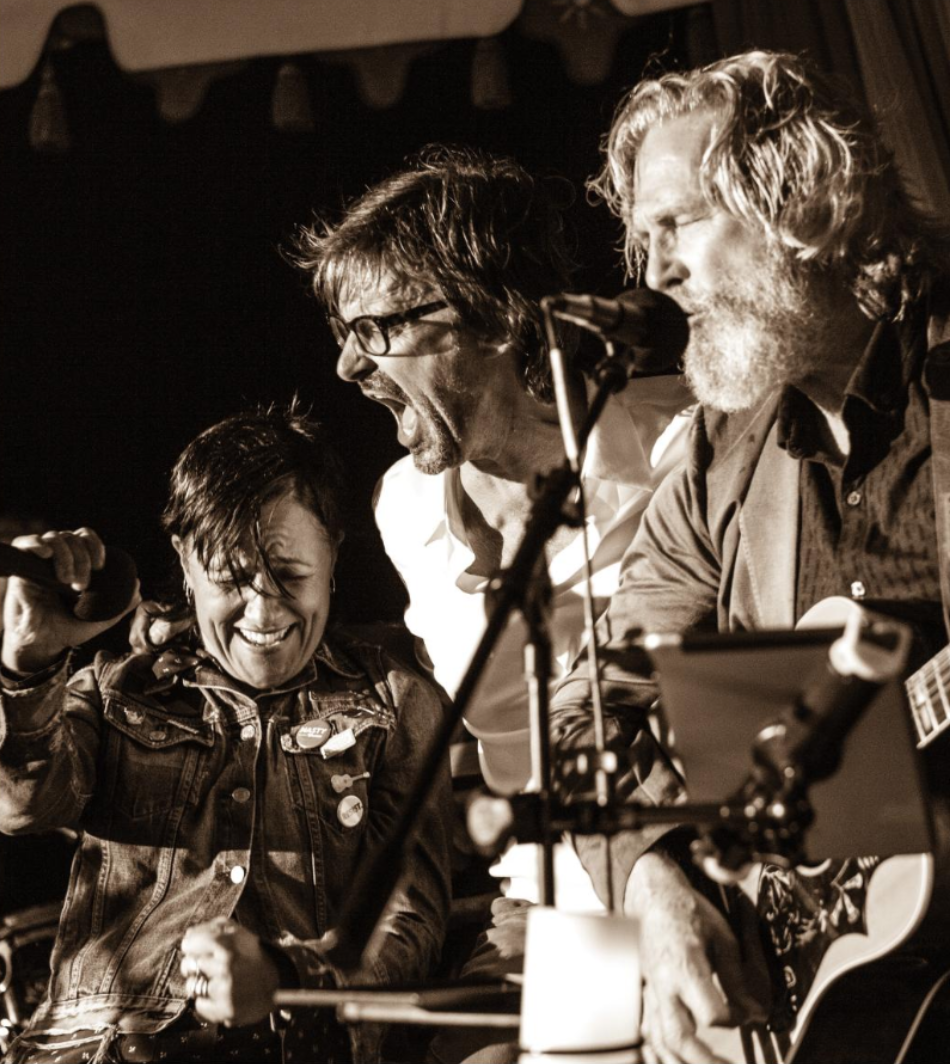
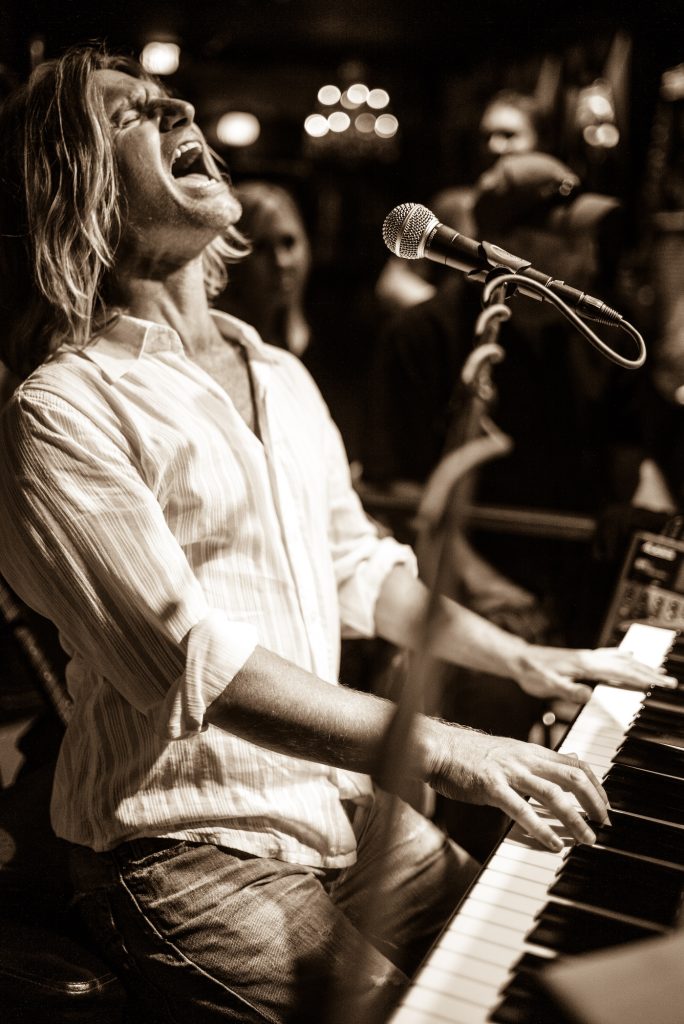
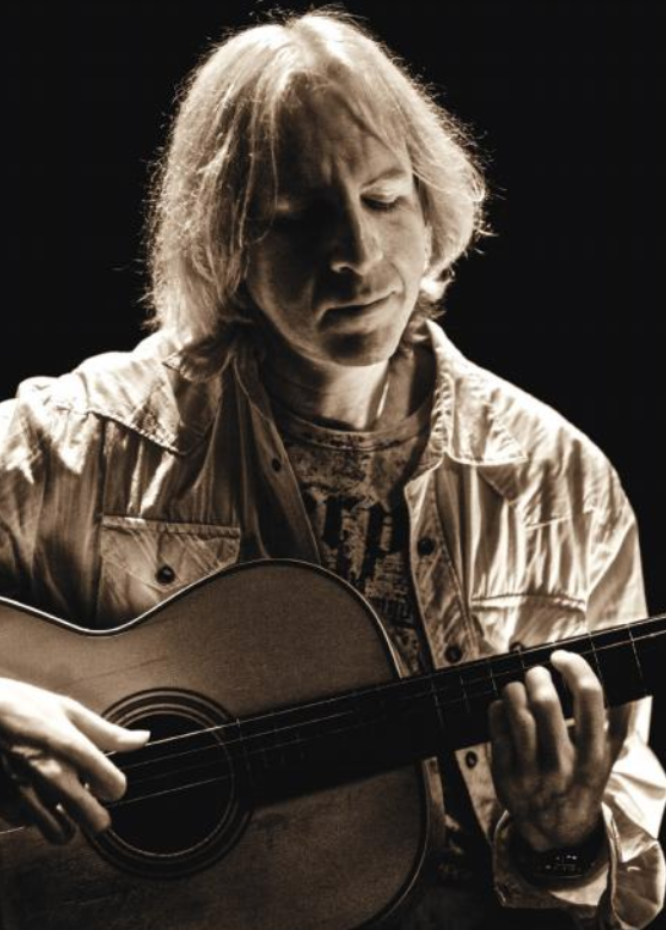
The more recent diagnosis of advanced pancreatic cancer has lent urgency to wrapping up some projects and tying up loose ends. Kozlowski has been spending recent weeks in the studio, digitizing his vast library of some 50,000 transparencies and negatives. “It’s overwhelming to go through forty-five years of photographs that I hadn’t seen in decades,” he says. “I can’t wait to see what materializes. It keeps reminding me how I’ve been blessed to have had such amazing times and experiences.”
Not surprisingly, Kozlowski has had some wistful thoughts about original musical compositions that haven’t been properly recorded and he wonders what will become of his collection of guitars and other treasured instruments. “I’m thinking about what to do with them, you know?” he says, with a sigh. “They need to be played.”
In the face of all this, Kozlowski’s Buddhist beliefs in impermanence and a philosophy of non-attachment have been comforting, allowing him to view mortality as “another transformation,” says his close friend Rosenberg, who has spent considerable time at the loft since Kozlowski’s diagnosis.
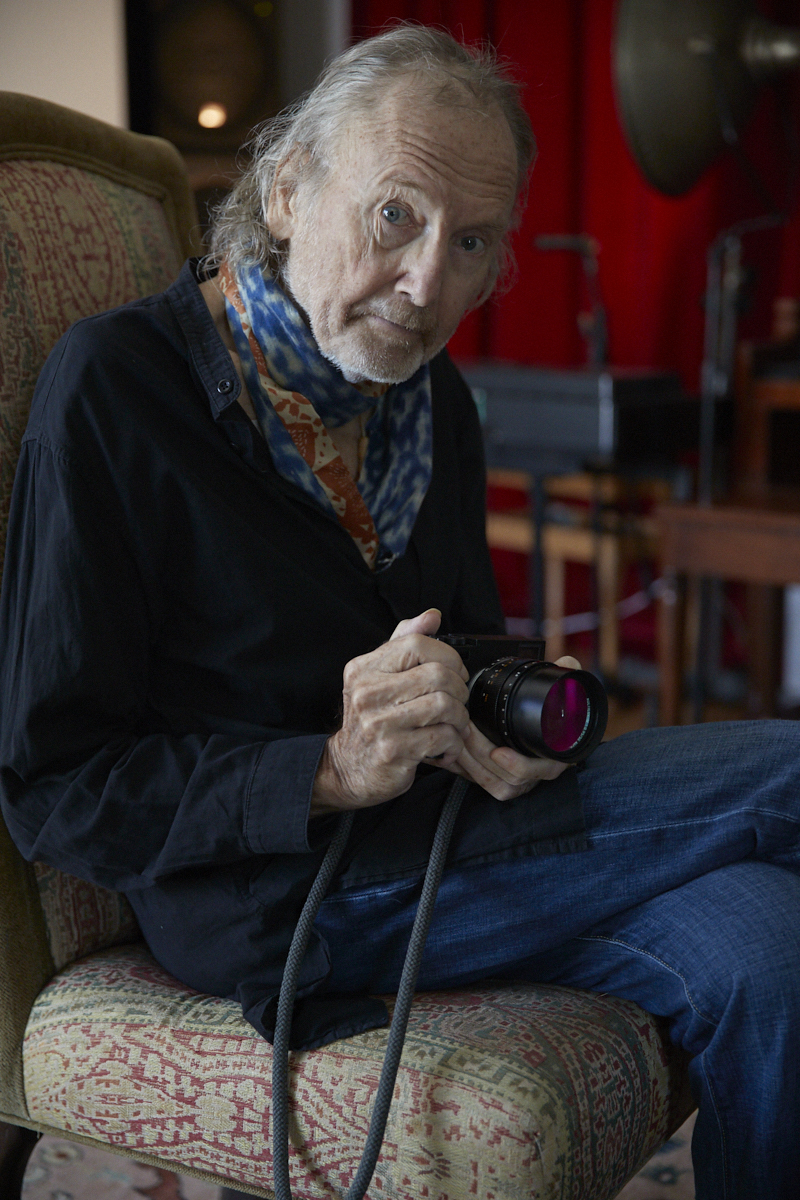
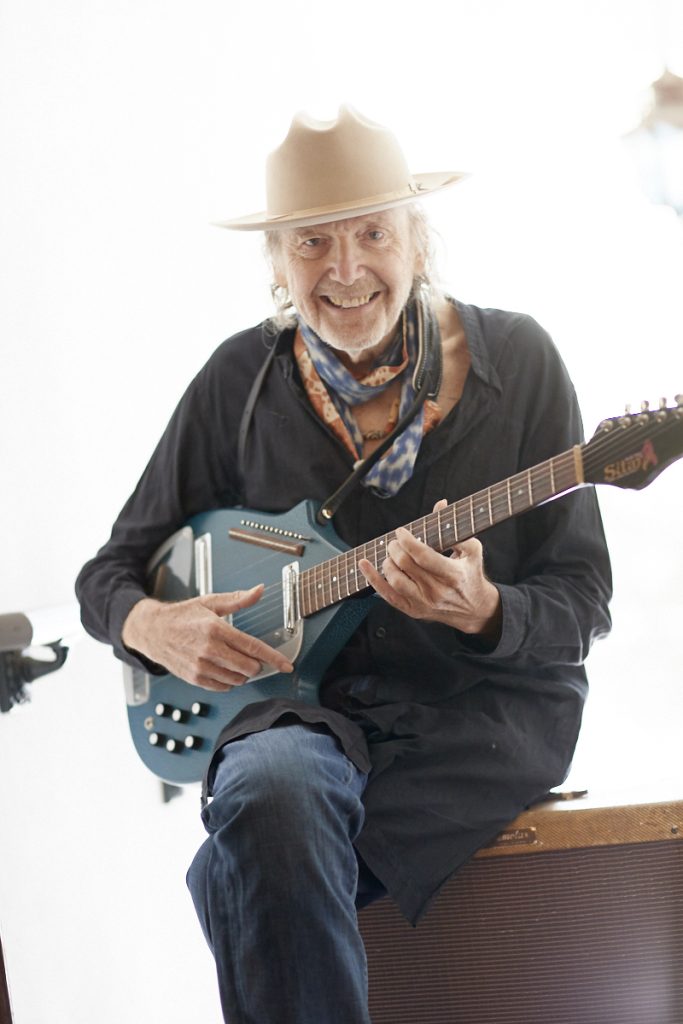
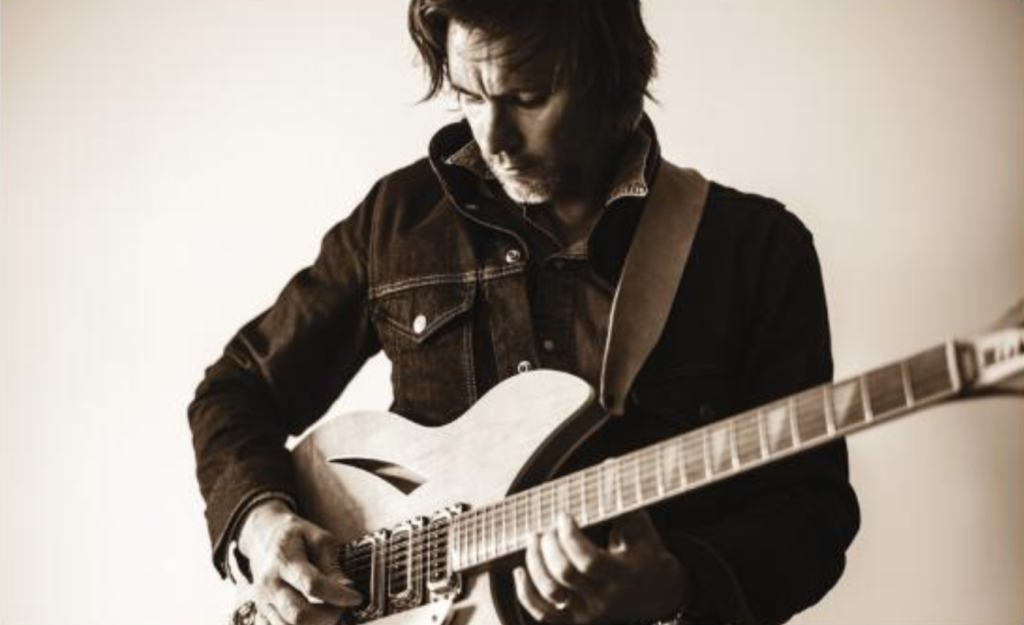
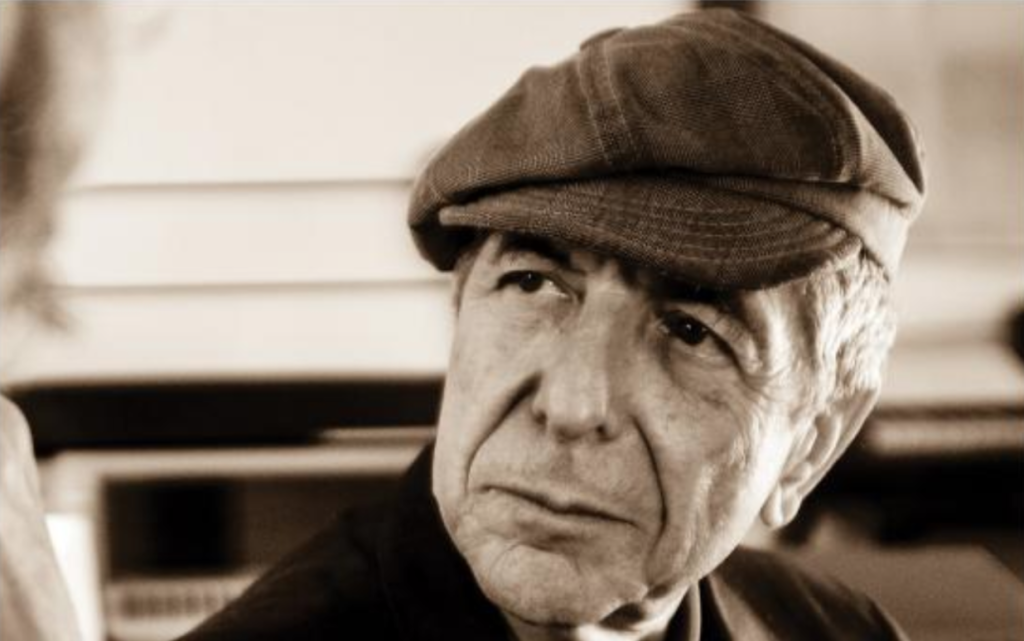
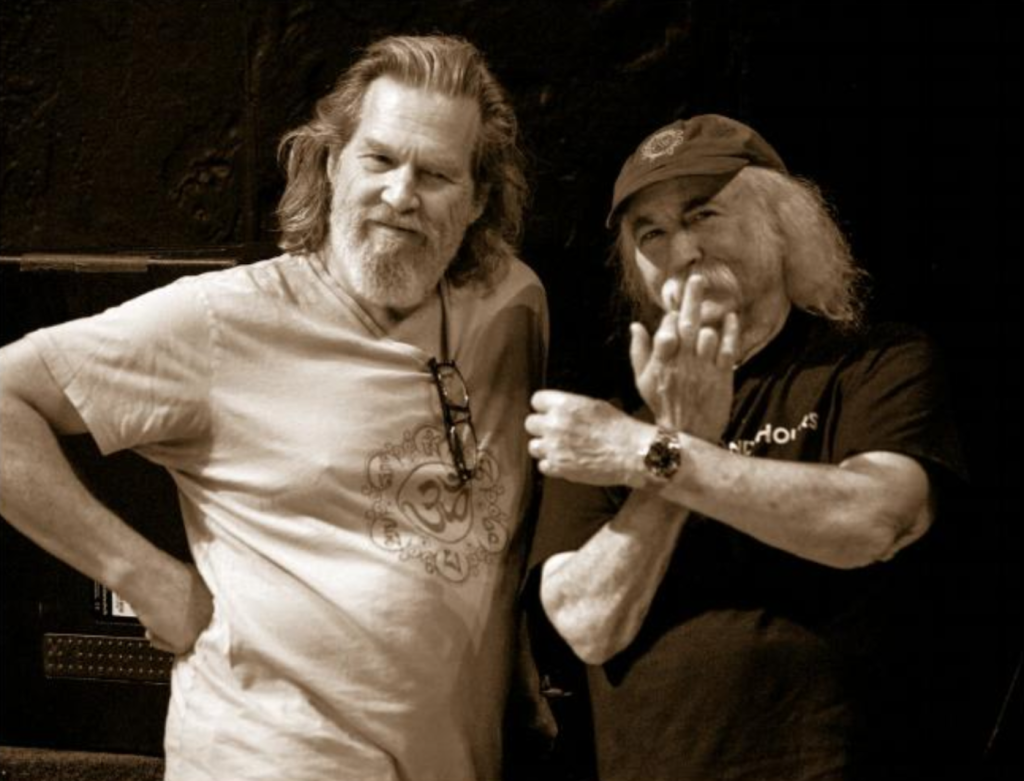
In one of those bittersweet silver linings, his son Stephen’s work as a cameraman has ground to a halt during the coronavirus pandemic, enabling him to visit from Brooklyn and spend more time with his father. “I’m so grateful that he had the time when I needed him and it’s been really very bonding for both of us,” says Kozlowski.
Meanwhile, friends from near and far have been visiting the loft as Kozlowski faces the reality of his illness. Browne has driven up frequently from Los Angeles and others have flown in to spend some precious time. “He has so many people who love him,” Rosenberg says. “They’re showing up on a daily basis, a constant parade. You almost have to take a ticket to see him. Everybody who has been touched by that heart of his and how he connects with people in a way that makes them feel special just wants to give something back.”
Normally one who gives more than he receives, Kozlowski has been moved by the displays of affection. “There’s been a tremendous outpouring of love around me with my friends… Special people in my life who I’ve always been there for are just showing up in a way that is mind blowing. It’s almost been hard to flip that switch and just take in the love and support. It’s overwhelming and incredibly meaningful to know the impact you’ve had on people.”
Kozlowski says his difficult diagnosis and pending mortality hasn’t changed his philosophy about life. “I’m an experience in search of a moment to manifest through… It’s all about blessings and honoring those blessings, that aspect of Ravi where I’m still waking up feeling gratitude. Right now, every day is a new adventure in being present and letting go,” he says. “I’m grateful for the blessings of this lesson. I’ve been riding some waves of emotion, but I have had a really blessed life.”
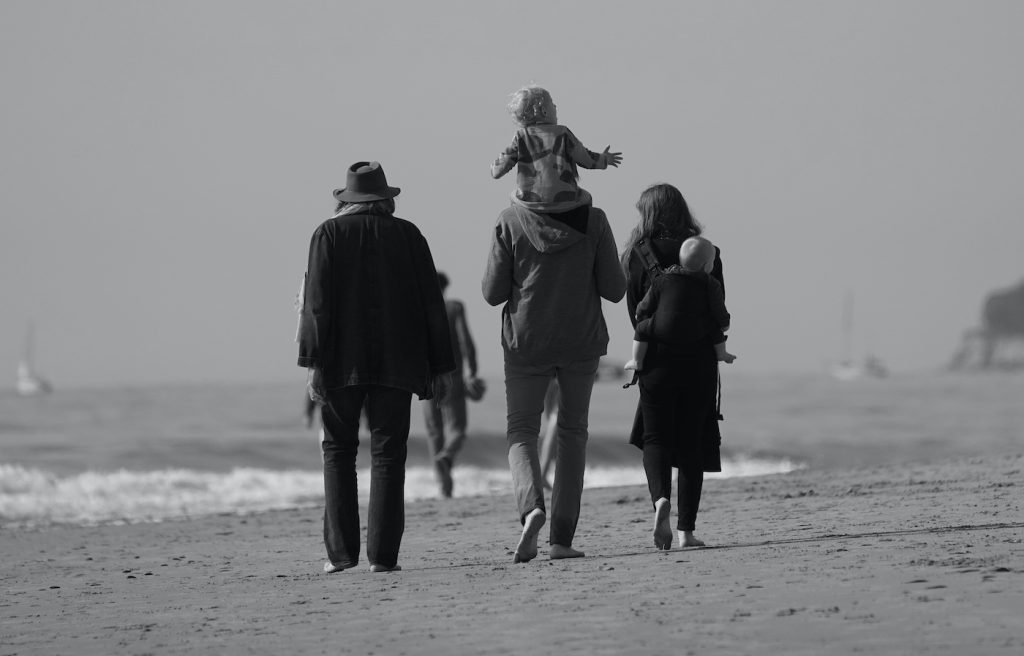
Kozlowski’s Friends Sing His Praises
Jackson Browne
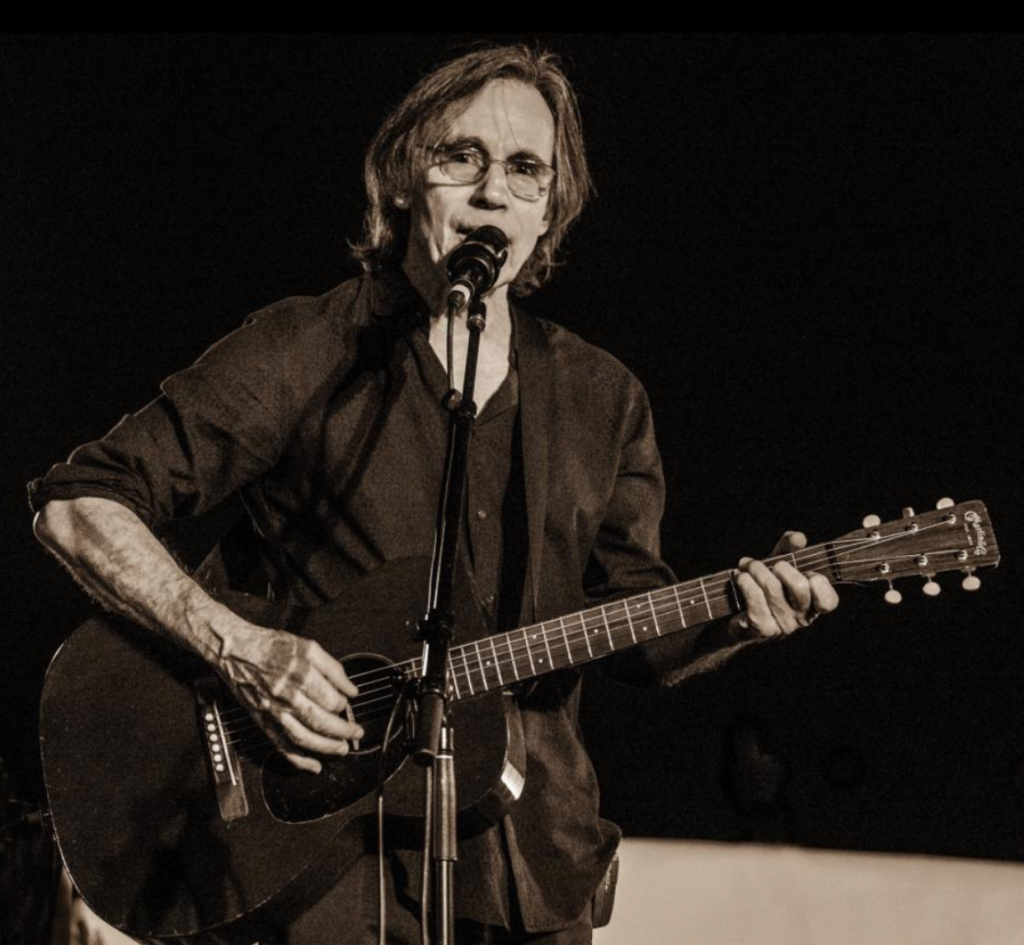
Although Browne first worked with Kozlowksi on a multimedia project for the 1980 Hold Out tour, he says that making the 1992 Cable Ace Award-winning documentary Jackson Browne: Going Home with Kozlowski and his then-wife Sandra was a pivotal point in their growing friendship. “During the course of everything that went into it, we became really good friends,” Browne recalls, adding that they later took trips together to Thailand and Cuba and Spain, where Kozlowski had studied with flamenco masters in his twenties and had close connections that he wanted to introduce to the singer-songwriter.
“So many of his friends became great friends of mine,” Browne says. “He’s a spiritual and philosophical person, and he gives voice to it effortlessly in his conversation and his references. But he’s also got a great sense of humor, which makes him a tremendously engaging and fun person to be with. And because he’s resolute in his pursuit of art, you find yourself joining up with him so willingly.”
The pair has teamed up on a wide variety of projects, photographs and videos. Through every endeavor, Browne says Kozlowski “is constantly seeing the beauty and using his skills to capture it without intruding. He’s fearless, but he’s also the tallest invisible person you’ll ever see. Or rather, you don’t see him because you simply accept his presence.”
Browne says that’s the secret that enables him to get photographs or film that captures “something in the person or the moment that is not immediately accessible… When I look at his footage of me, I see myself in a different way. It becomes another method of self-assessment, just as writing music and songs can be a way of coalescing what’s going on in my life.
“The projects that we’ve done together have truly been memorable points in my development as an artist… It’s about time somebody writes [about him]. He’s a real artist, a great friend, and just so deserving of wider recognition.”
Jeff Bridges
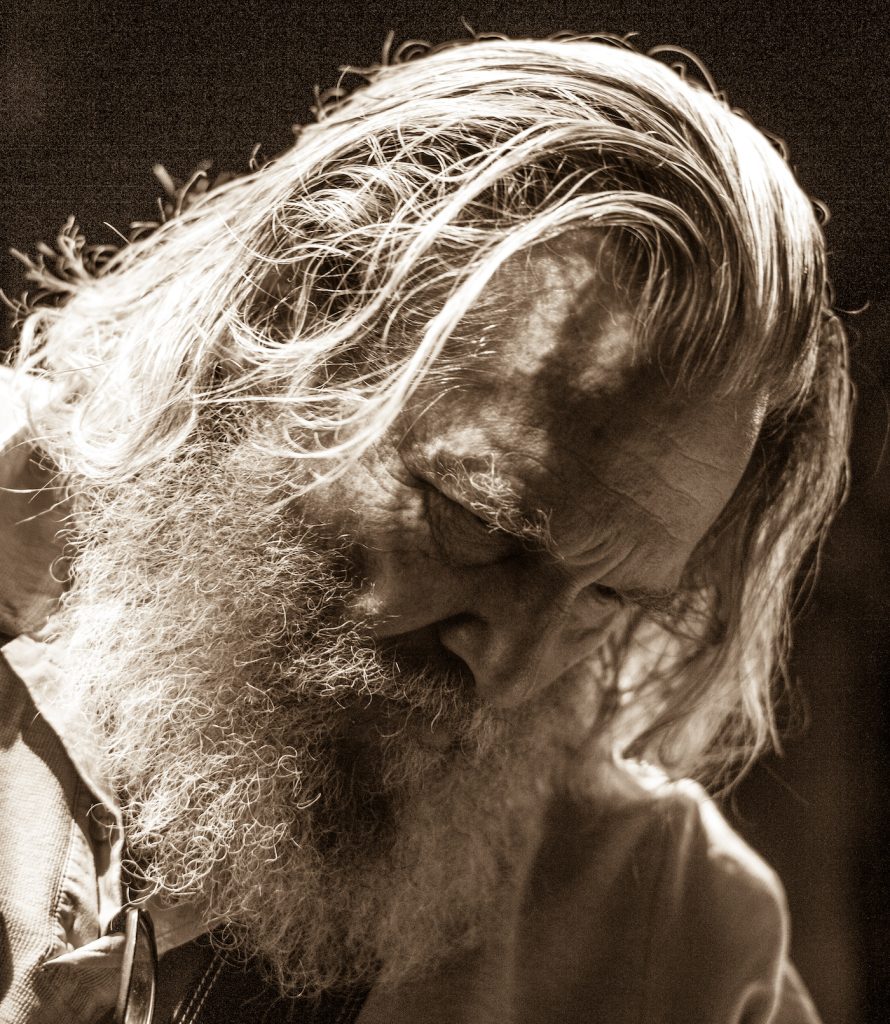
Jeff Bridges and Alan Kozlowski met backstage in 1996 while watching mutual friend Jackson Browne perform at the Santa Barbara Bowl. Both men had recently moved to town. While talking backstage, they discovered that they lived next door to each other on Mountain Drive and soon became fast friends.
“We shared a ravine, and we’d hang out and eat and sometimes fantasize about turning it into a park,” recalls Bridges. “He even built some steps up my side so he could take a shortcut to go to the hot springs up our canyon. And there were parties in both our houses, always with a lot of music.”
There have been plenty of professional collaborations, too, including ancillary material from Bridges’ Oscar-winning role in Crazy Heart and a segment of TV’s American Masters called “The Dude Abides.”
Kozlowski often brought his camera for more informal get-togethers and the resulting photographs are among some of Bridges’ favorites, especially ones of the actor’s Santa Barbara-based band The Abiders. Over the years, Kozlowski has captured Bridges in a myriad of unexpected moments, largely the by-product of their close connection.
“When you’re friends, you get used to having a certain relaxation that happens so that you’re not even aware that you’re getting your picture taken,” he says, with a laugh. “You’re just hanging out having a good time and later Alan shows you an incredible photograph… He has this way of merging with the moment while being completely unobtrusive.”
Bridges says another common thread between them was a deep involvement in Tibetan Buddhism and similar values that includes using art to inspire and/or help people. One example is the multimedia venture “Sleep Club,” which focuses on the restorative, creative aspects of a good night’s sleep. The project shot one of its videos in a massive whimsical production directed by Kozlowski at the Santa Barbara Bowl and donates profits to Share Our Strength’s No Kid Hungry campaign. “We’re both very spiritual, and we share a lot of the same curiosities and ways of looking at things,” Bridges says. “God, we’ve just had so many great adventures together.”
Kenny Loggins
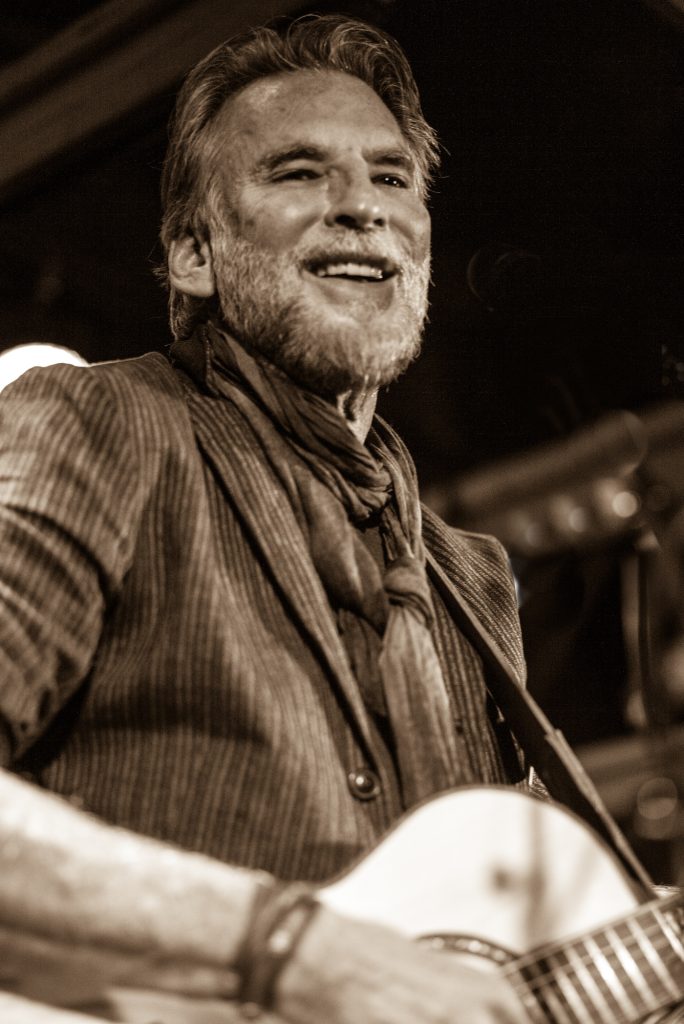
Kozlowski served as director of photography, co-producer, and editor of Loggins’ critically acclaimed 1994 performance-video Live from the Redwoods on PBS. But the singer-songwriter says he suspects he might have worked with Kozlowski even earlier: “He was such a quiet guy it’s possible we did something that I don’t remember.”
The pair reconnected later in Santa Barbara through mutual friends and Loggins became a staple at Kozlowski’s legendary house parties on Mountain Drive. “He’s a really great host, and he loved to bring talent together in his environment,” says Loggins. “Of course, Alan would always pull out a guitar and be part of it. In the best of moments, there was a unique level of musical camaraderie in the jam sessions with all of these great and often well-known singers and songwriters because of the sense of friendship, sharing, and generosity Alan fostered. It was always fun to see what would happen when Jeff, Jackson, Michael, and I were jamming.”
As the two became better friends, Loggins discovered Kozlowski’s more spiritual side and found himself more drawn in. “He’s a very deep, introspective guy who is very peaceful in his approach to life and that permeates his work and his friendships. It makes it easy to hang out with him.”
In fact, Loggins and Kozlowski share membership in a regular men’s circle who dive into issues they might not otherwise share with other men to compare perspectives on life and relationships. “Alan is always very quiet, but he’ll add his perspectives when he’s asked and he always offers something of quality that brings more clarity and insight,” says Loggins.
Close as they are, Loggins has only rarely been the subject of Kozlowski’s camera, although the singer-songwriter allows that the single shot hanging at SOhO is one of his favorites. “I’m proud to say that I am now part of his portfolio.”
Michael McDonald

“Alan is one of those rare combinations of people who are both highly artistic and also entrepreneurial,” says veteran singer-songwriter and much-in-demand vocalist Michael McDonald.
McDonald shares how impressed he was that Kozlowski “imagined [the POP] post-production studio himself from the ground up,” while also being very hands-on in doing creative work. “He’s never let the industry interfere with his artistic pursuits, or stand in the way of his growth, and so both get to flourish,” says McDonald.
Those commitments intersected in 2001 when Kozlowski produced and shot Michael McDonald: A Gathering of Friends, featuring Jeff Bridges and Kenny Loggins among many other musical guests. “He had a guerilla approach with using ground-level equipment that was really groundbreaking at the time,” McDonald recalls. “Alan did most of the shooting himself and probably covered what would normally take three cameramen to do. It was just visually and sonically exciting because Alan understands what you’re doing and how the audience in the seats is being affected – the essence of what live music is all about.”
McDonald is even more moved by what Kozlowski brought to the Santa Barbara musical community, including the private gatherings he was often privy to. “Alan’s been great as a catalyst to bring all these artistic people who he knows together when, if it was up to the rest of us, we wouldn’t often do that even though we live in the same town,” he says. “Alan’s approach to being effective as an artist in his own right was to be embedded into it while remaining unobtrusive, willing to make it not about his imprint, but about capturing what he saw as the truth. He’s always been focused on the Santa Barbara music community and he is a big proponent of people who have chosen popular music as their path and documenting the lifestyle. His efforts have really raised the bar. We all owe him a great debt of gratitude.”
Rand Rosenberg
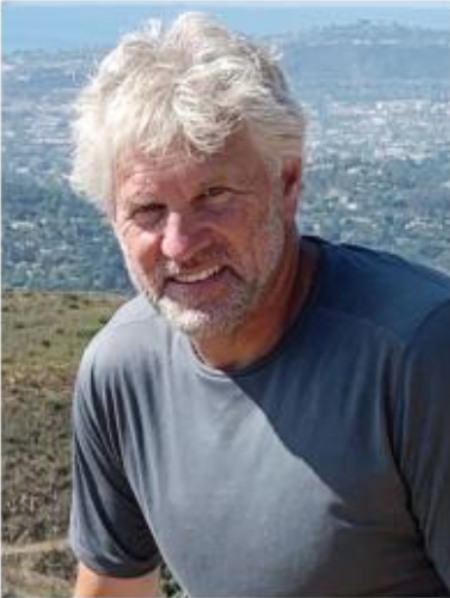
Investment banker Rand Rosenberg met Alan Kozlowski when the latter was seeking to realize some liquidity from the Santa Monica-based Oscar-winning post-production company Pacific Ocean Post. It took a year to shift from a potential IPO to instead finalizing a sale, but it only took moments to solidify the friendship.
“Right from that first day it was obvious that there was a common bond, a connection that we shared even though I came from a very straight up corporate Wall Street world and Alan was in a creative space,” Rosenberg recalls. “Just walking into the POP office for the first time, I felt an unbelievable sense of warmth and excitement.”
Rosenberg joined Kozlowski and his then-wife Sandra on a five-week trip to Tibet right after they had both sold their companies, sparking a series of adventures over their more than two decades of a relationship that has been marked by such anecdotes as Kozlowski buying parcels for both of them on an island of Thailand and a “magical” road trip to drive a used van from the Midwest to Santa Barbara.
They also bonded over a shared love of music. But the kinship goes much deeper, Rosenberg says. “It sounds very Santa Barbara, but we truly have a heart and soul connection where our beings are just in tune with one another. We are always able to listen and understand each other in a truly heartfelt way.”
Which is why Rosenberg didn’t think twice about moving to Montecito when Kozlowski called to tell him he’d found the perfect property for the retired financial expert to purchase – all the better to get together more easily. “There are maybe two or three people in your lifetime who are significant game changers for how you experience the planet,” he explains. “Alan is one of those for me. Meeting him shifted my life in such a positive direction, from music to spirituality to adventure. He opened up so many doors, and unselfishly brought so many people, friends of his, into my life.”







